
Discover hundreds of lost World War II photographs
I've spent the last few years digitising and researching my great uncle's archives from the war
This week, for once, I will tell you about a man.
Exactly 80 years ago, Pierre Roughol was photographing the liberation of Alsace with the First French Army. You might recognise his last name; he was my great uncle.
Pierre Roughol (1913-1974) was a self-taught photographer who learned the craft alongside his brother, my grandfather Gilbert Roughol (1908-1970), as they criss-crossed the Pyrenees by bicycle in the 1930s. The two brothers often shared a camera. Gilbert became a solicitor like their father. Paul, not as keen on schooling, made a profession of their hobby.
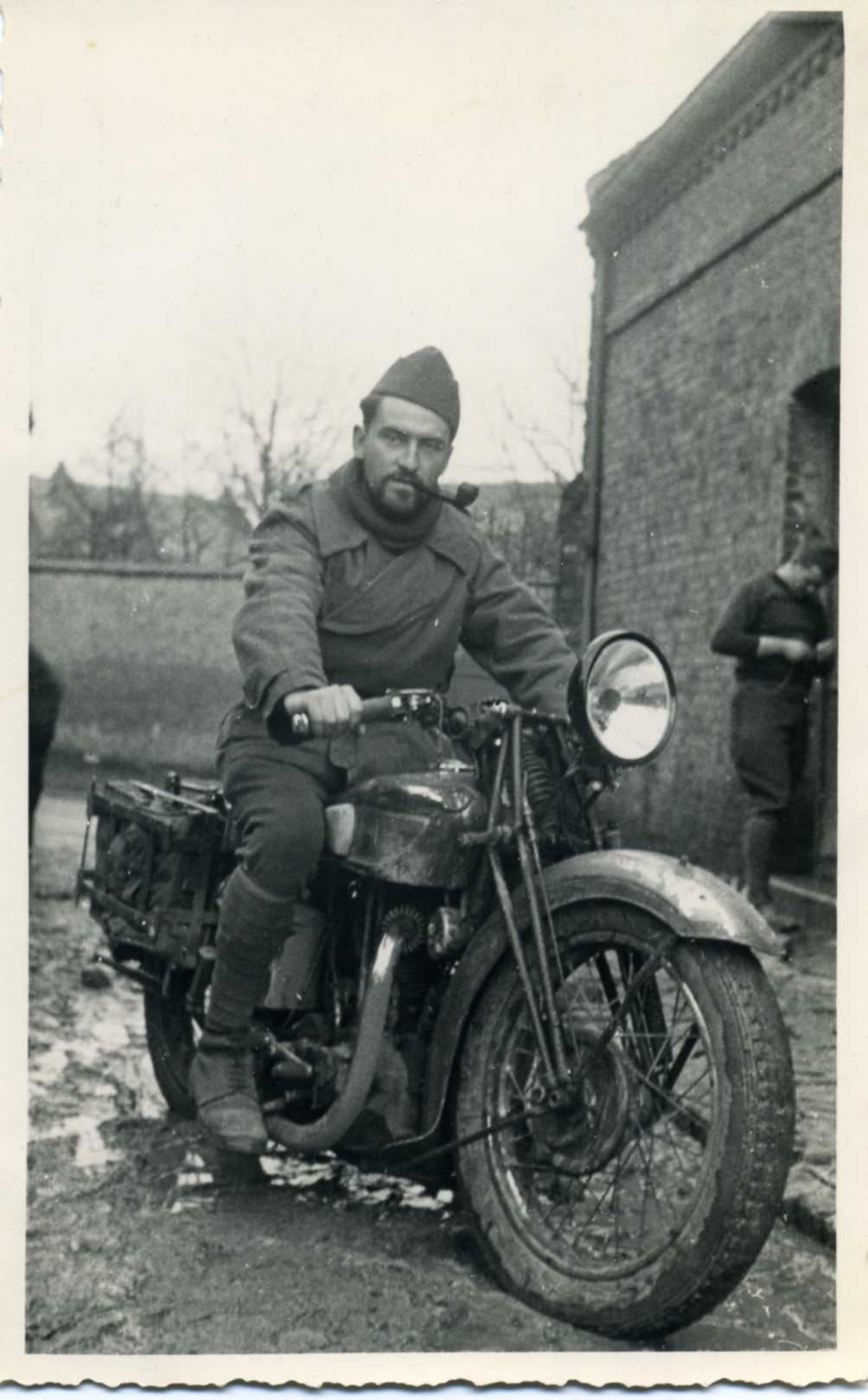
Pierre was photographing celebrities for Le Petit Journal and Paris Match when in 1939 he was mobilised into the French army as a motorcycle messenger in the 6th infantry regiment. He was taken prisoner in June 1940 and sent to Stalag VII-A in Moosburg, Bavaria where, miraculously, he was reunited with Gilbert.
That's where Pierre started documenting the war. As a camp photographer, all his images carried the stamp of German censorship. They made the Stalag look like a boy scout camp, with only the gauntness of men a hint to their reality. In a rare self-portrait, Pierre showed the thin bed of straw in a damp corner where he lived for more than two years. In an article after the war, he talked of filth and forced labour. When Gilbert was released on medical grounds in November 1942 (he'd lost half his body weight), Pierre was – second miracle – allowed to accompany him. That day he took my favourite picture.
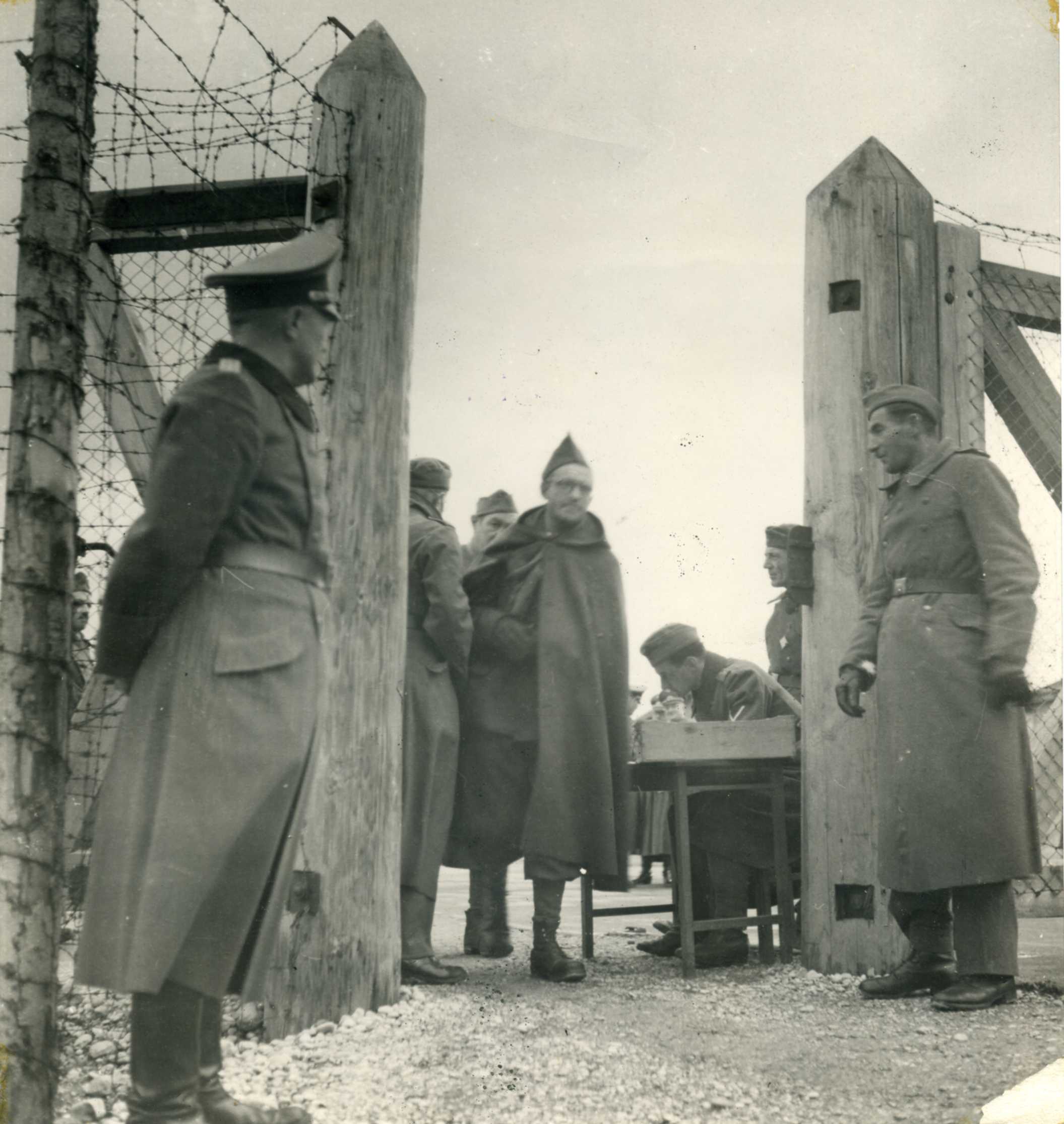
The two brothers returned to Paris, and Pierre quickly resumed work as a press photographer. He was on the streets of Paris with his camera when the city rose up against Nazi occupiers on August 19th, 1944. He worked for Alliance-Photo alongside Capa, Doisneau or Cartier-Bresson. Unlike many of his contemporaries, Pierre did not believe in staging photographs. Everything was captured in the moment, as the eyes saw it, from the barricades rue de la Huchette to the sniper shootings in front of Notre Dame and Leclerc's tanks entering the city porte d'Orléans.
Once Paris was liberated, Pierre embedded with the First French Army as it continued eastward. He traveled, it seems, to every ruined village in Alsace in the winter of 1944-45: Ribeauvillé, Riquewihr, Mittelwihr, Kienzheim, Kaysersberg, Illhaeusern... He was wounded in the fierce Colmar Pocket assault in January 1945 and taken off the front for a minute. He received the Croix de Guerre with a silver star for his actions that day, refusing to be evacuated so he could finish his story. He photographed Charles de Gaulle crossing the Rhine in April and was on the shores of Lake Constance by May when he heard that US forces had liberated his old stalag. He rushed there and was on the road in Bavaria when the armistice was declared on 8 May 1945.
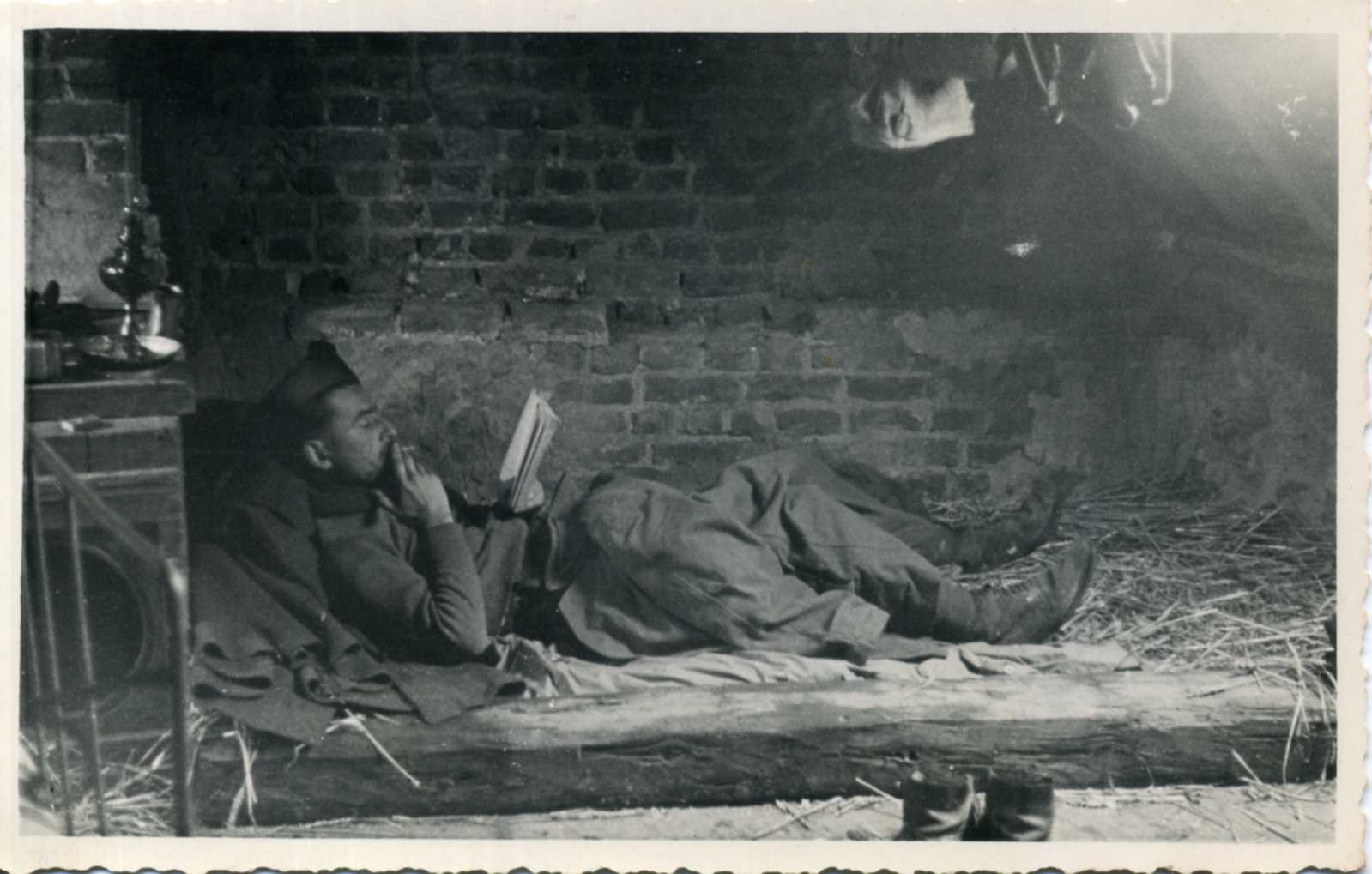
After they spent years gathering dust in a family attic, I undertook during lockdown to digitise and publish Pierre's archives, a few shoeboxes' worth of medium-format negatives. Like a jigsaw puzzle, images had to be reassembled into sensical, chronological collections. I completed with my own research what notes and captions Pierre had left. Several historians and elderly survivors, who have my eternal gratitude, helped me put names to faces and locations. The work is far from done. Other images have only reached us as aging prints or even darkroom test strips. I suspect there is much more I'll never see. The best pictures were sold, which at the time meant handing over the negative. They only exist now as tantalising hints on contact sheets, sometimes in a book I find on ebay, perhaps in some unknown archives somewhere. Two frames landed at the Musée Carnavalet in Paris.
Publishing Pierre's archives was my first foray into public history. I am pleased that much of this work is now being shown in public exhibits as France commemorates the 80th anniversary of the Liberation. You can find the full archive on the website. You'll see mostly men there, but for Broadly Speaking's own commemoration, here are a few faces of the women of World War II, photographed by Pierre Roughol. And one face comes with a nagging question: Who is she?
Women of World War II, photographed by Pierre Roughol
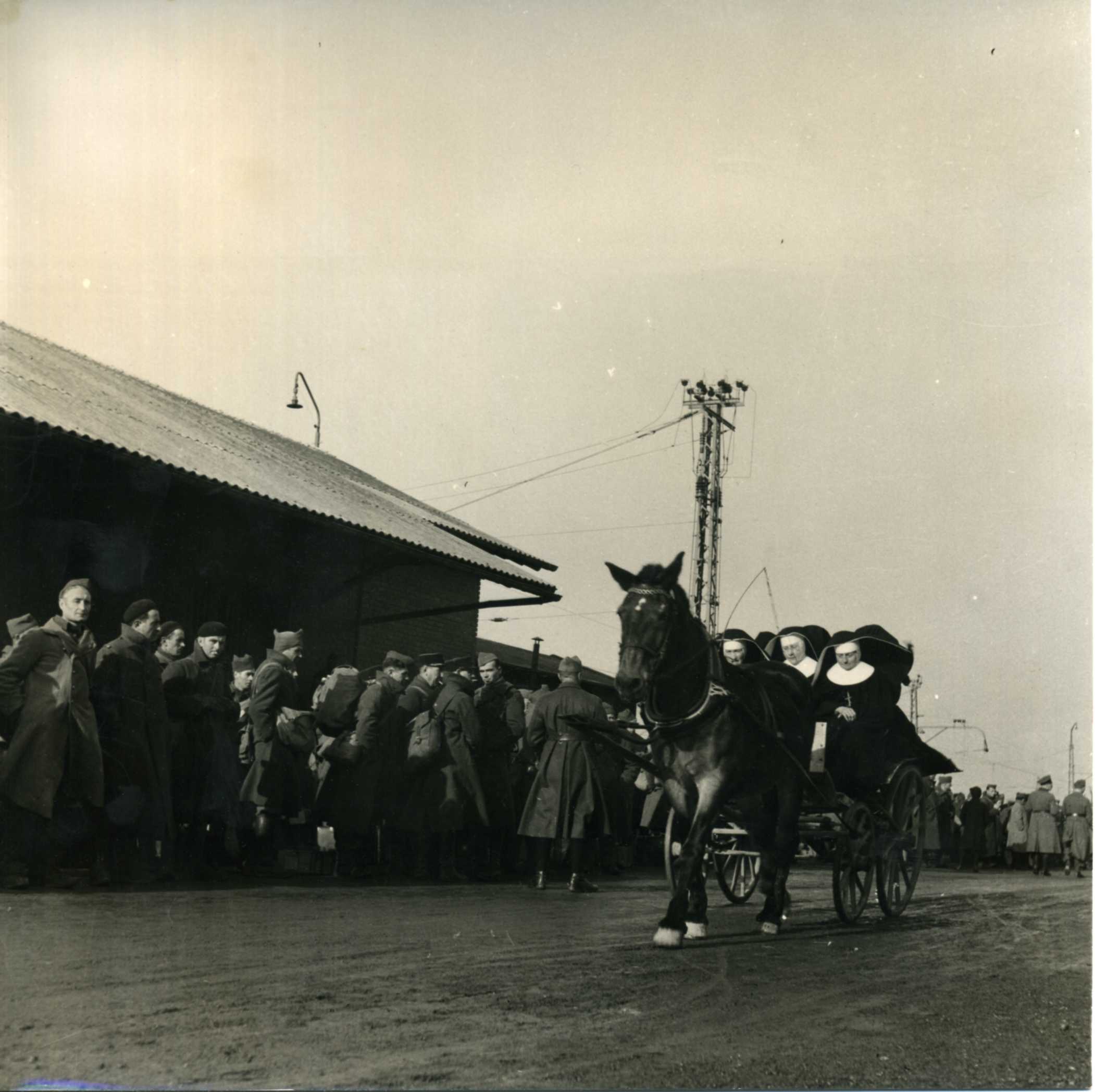
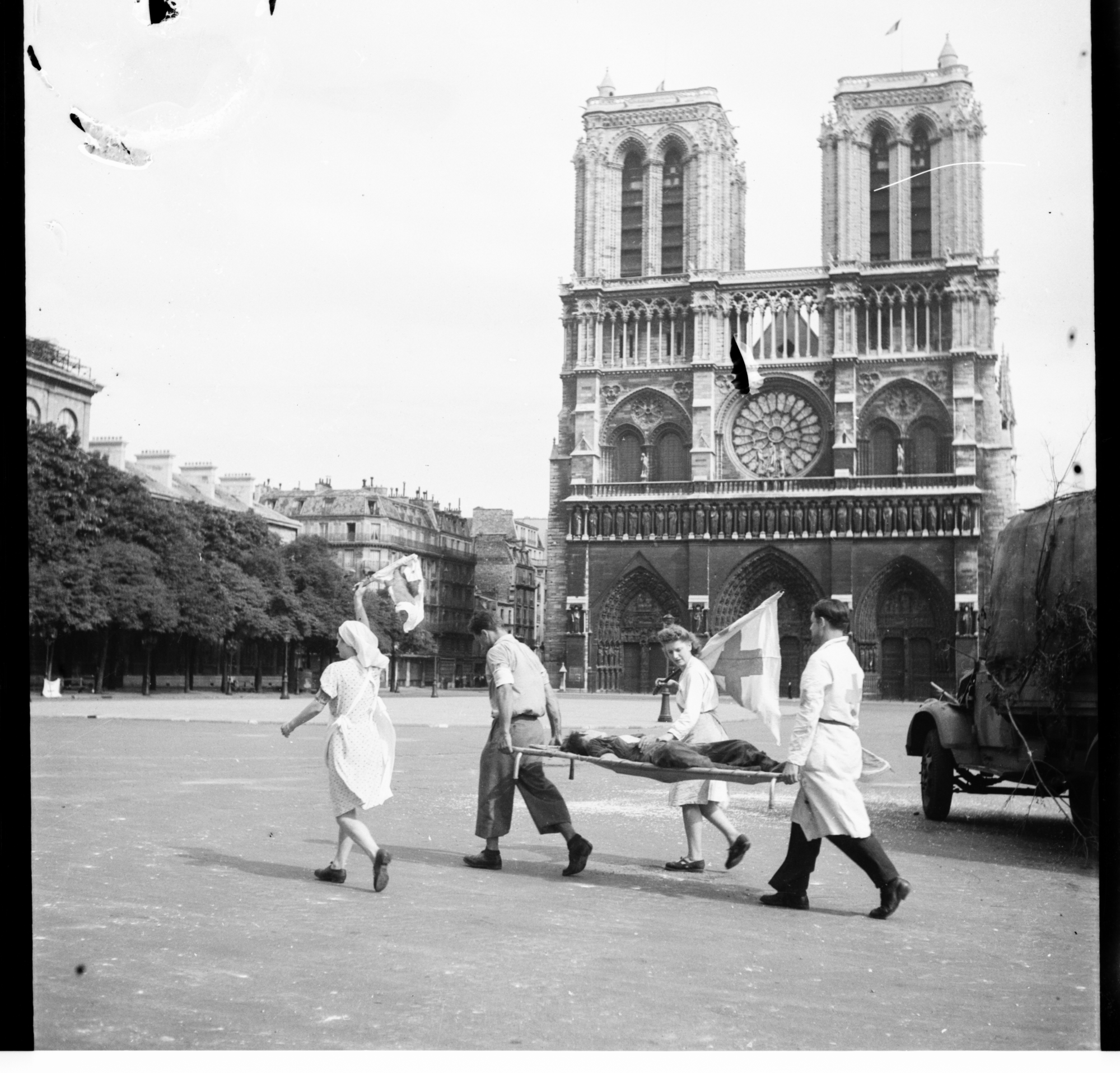
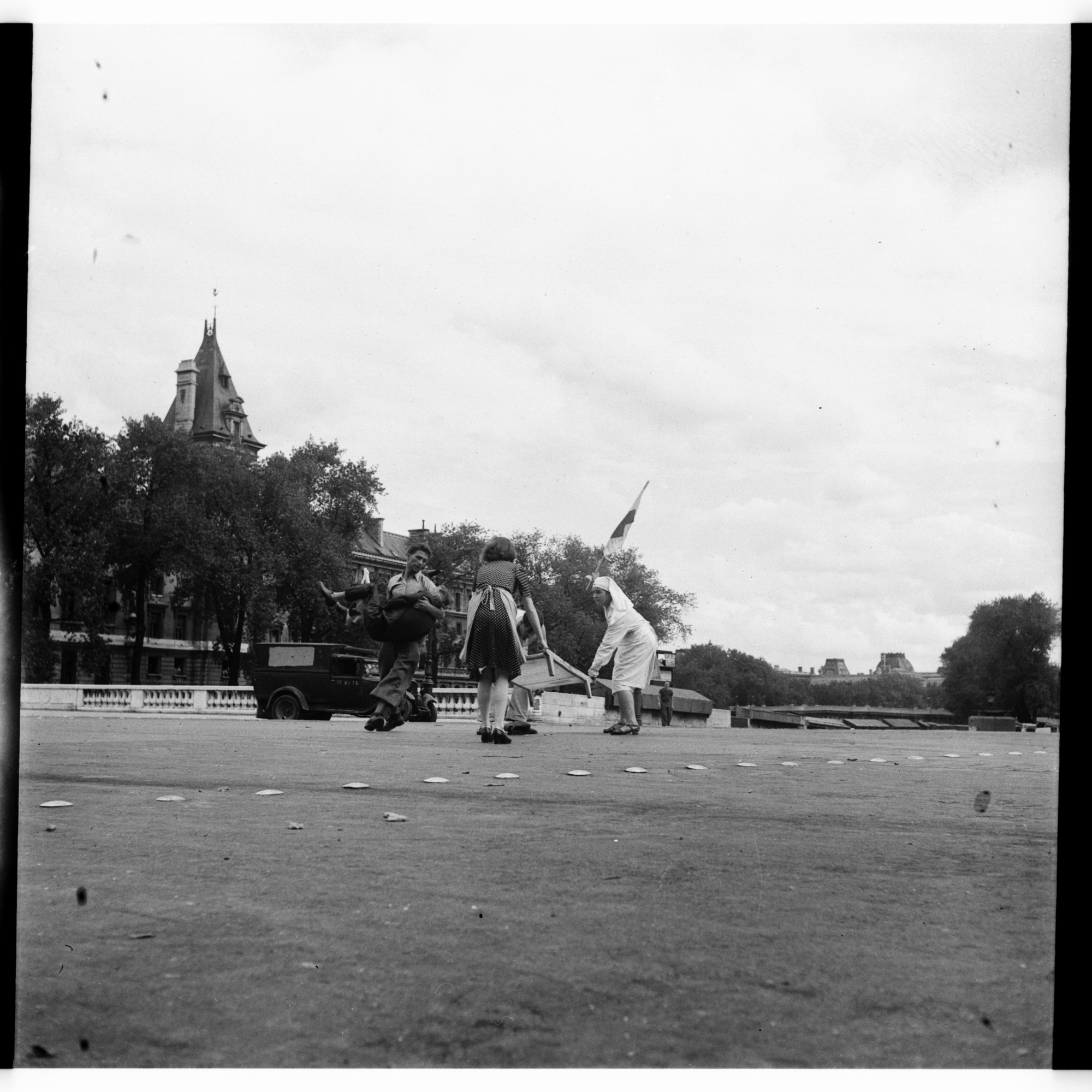
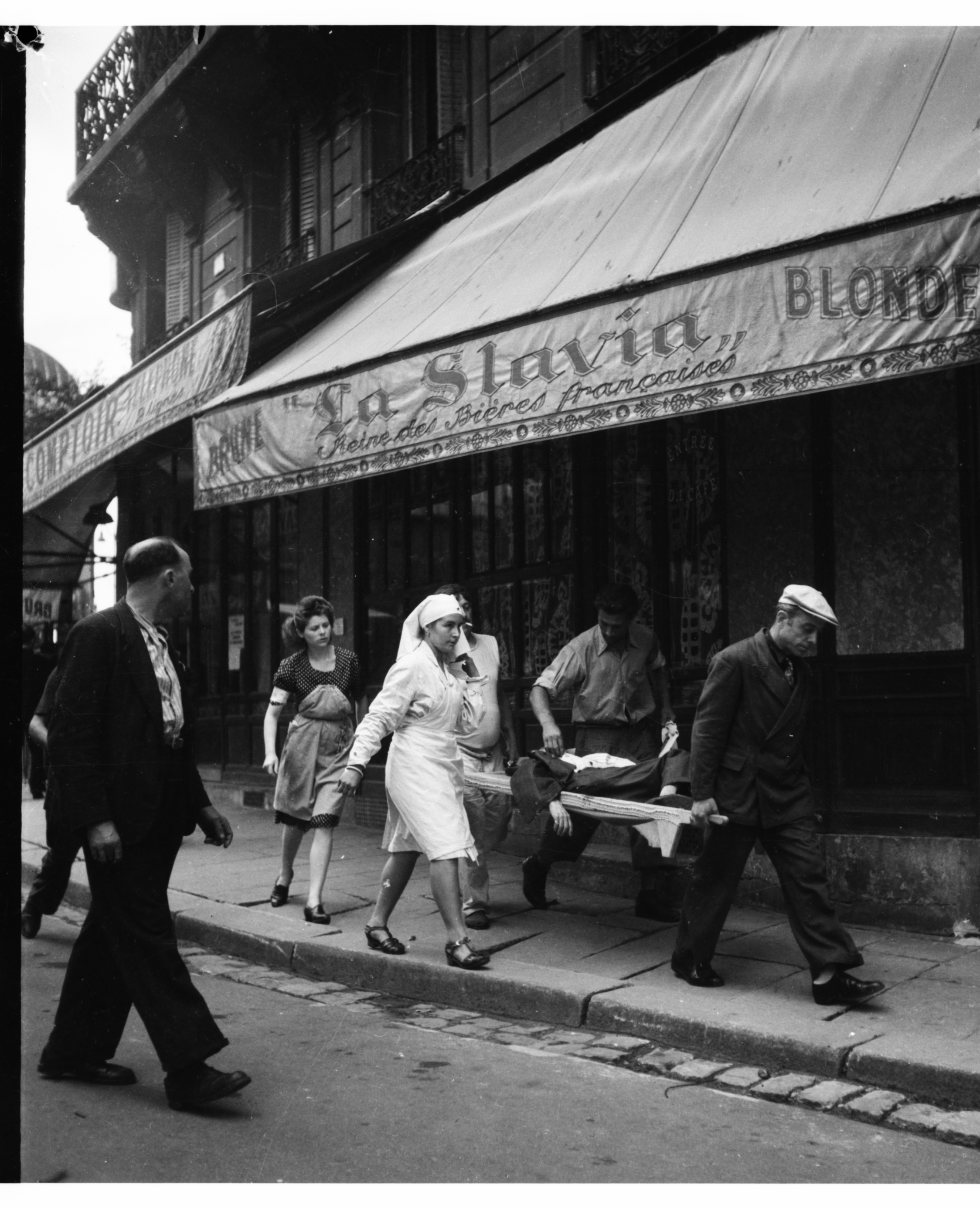
Two women step out into the line of fire to place a wounded man on a stretcher. Paris, August 1944. (Photo by Pierre Roughol, rights reserved.)
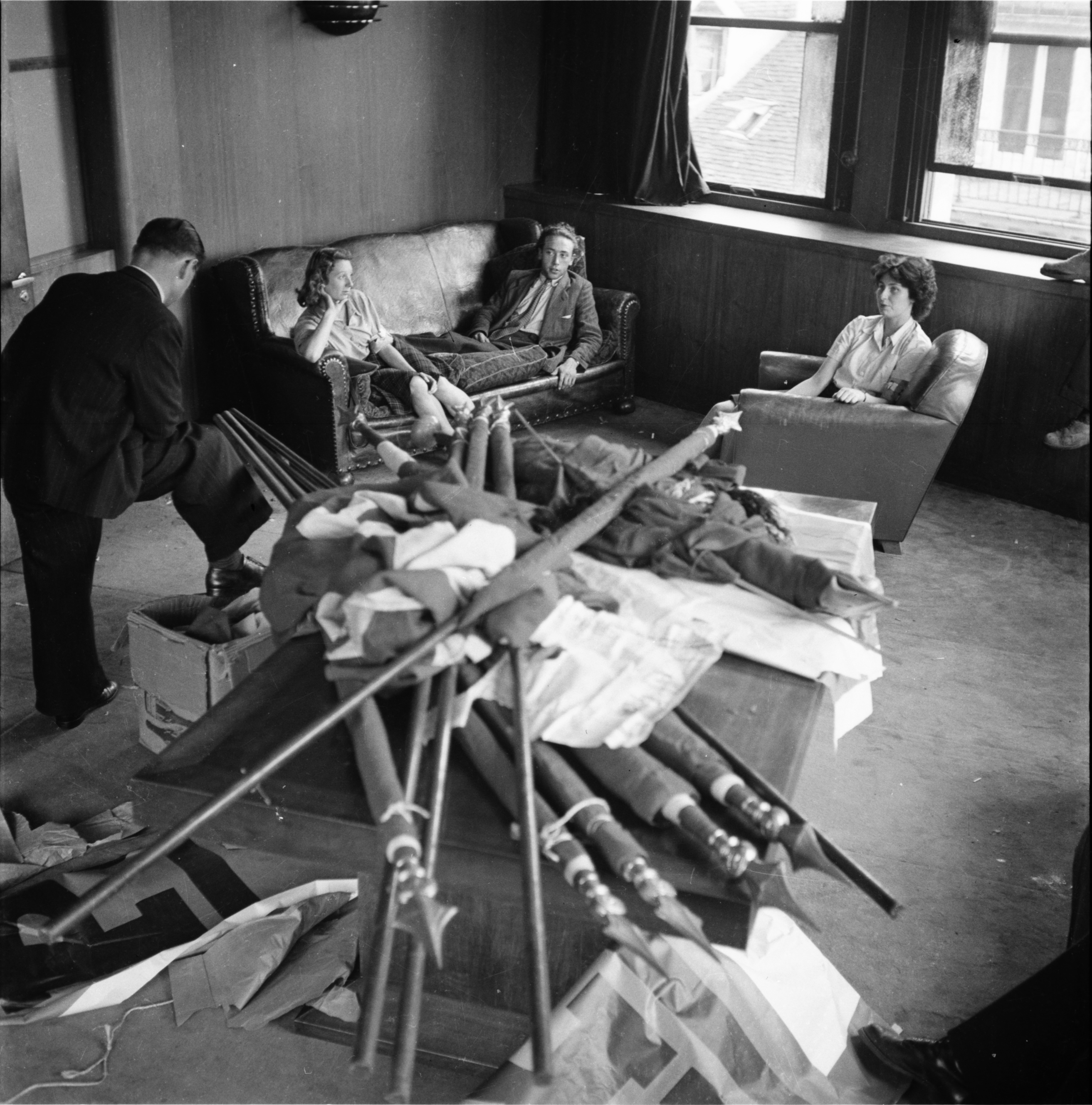
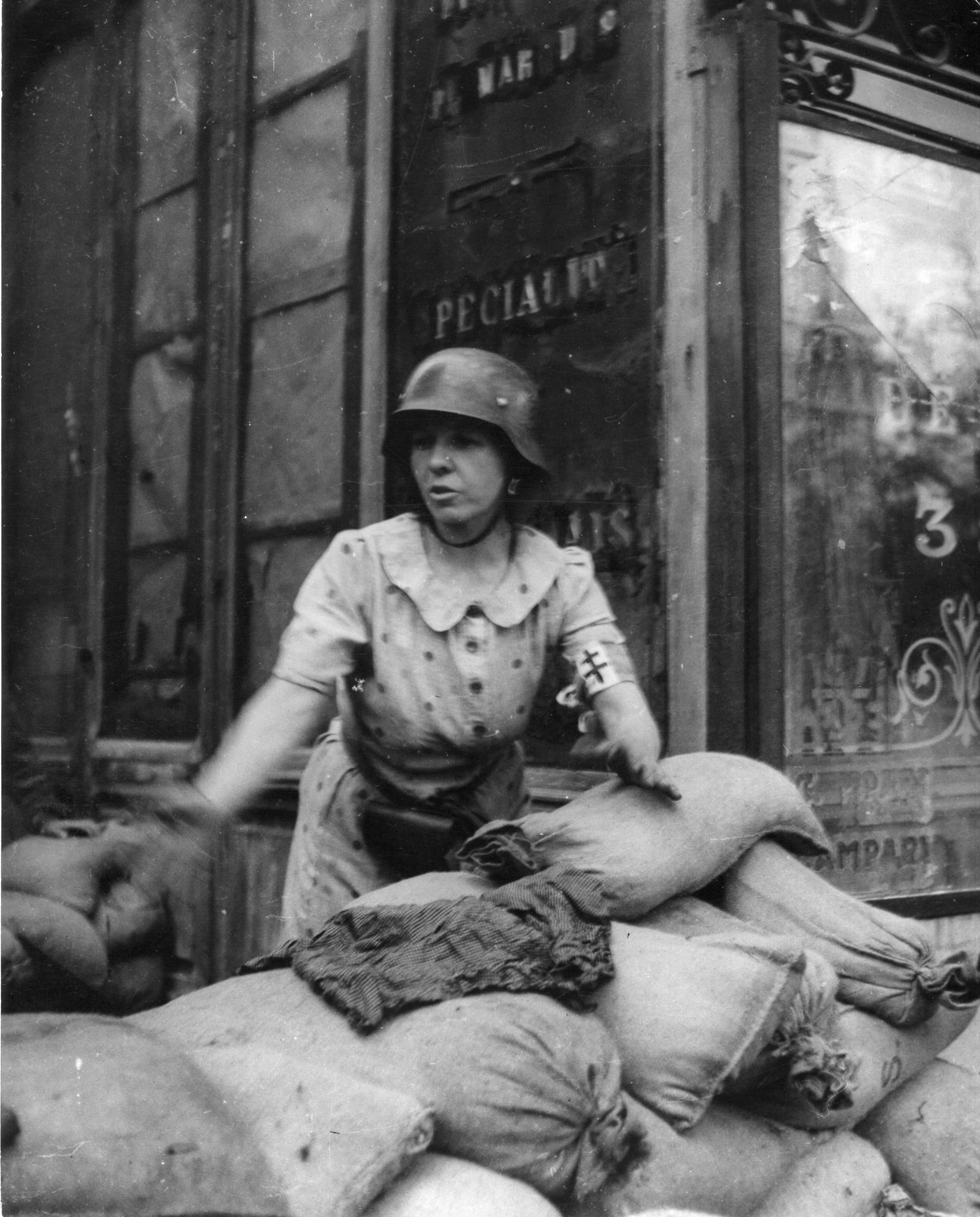
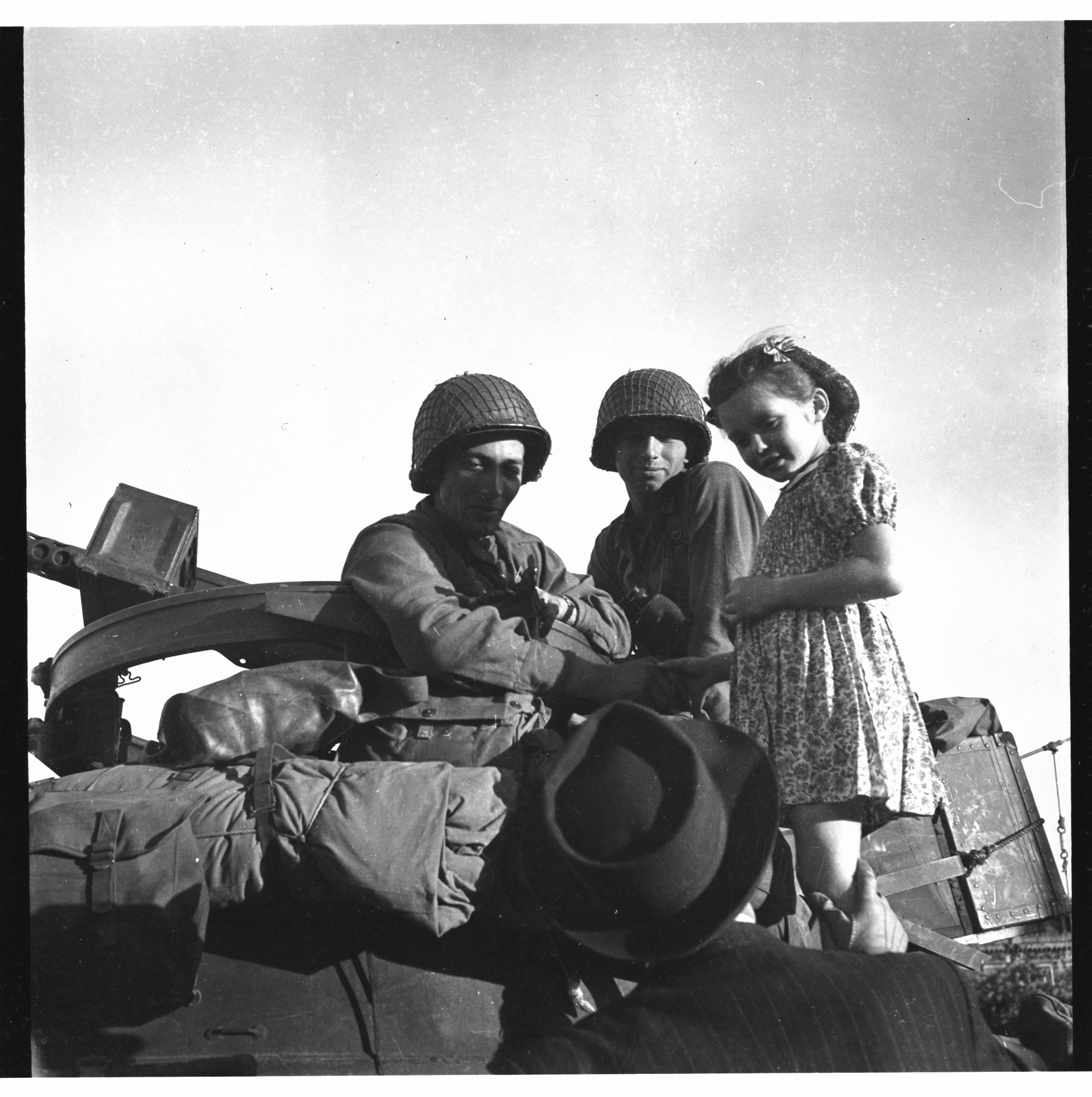
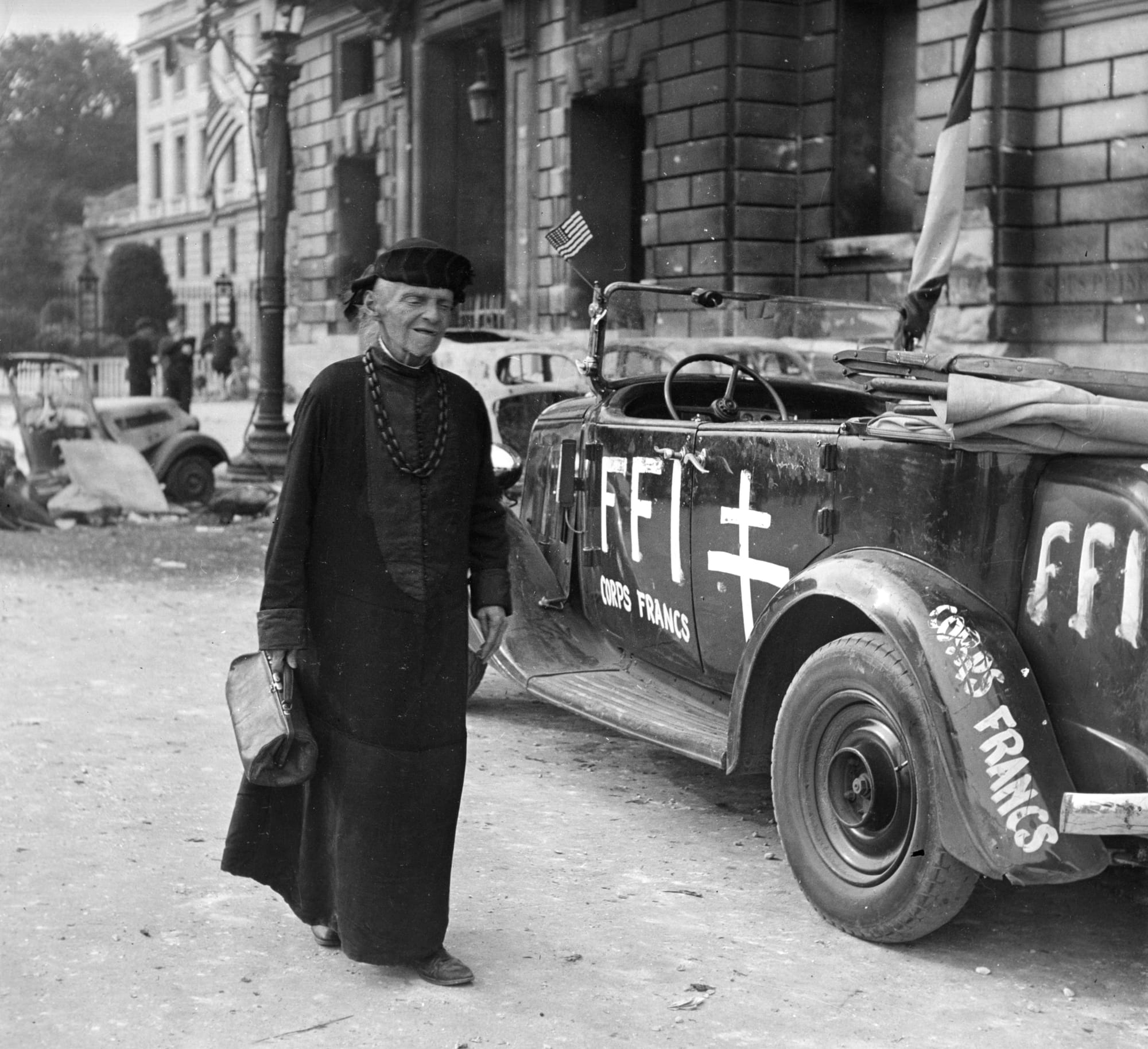
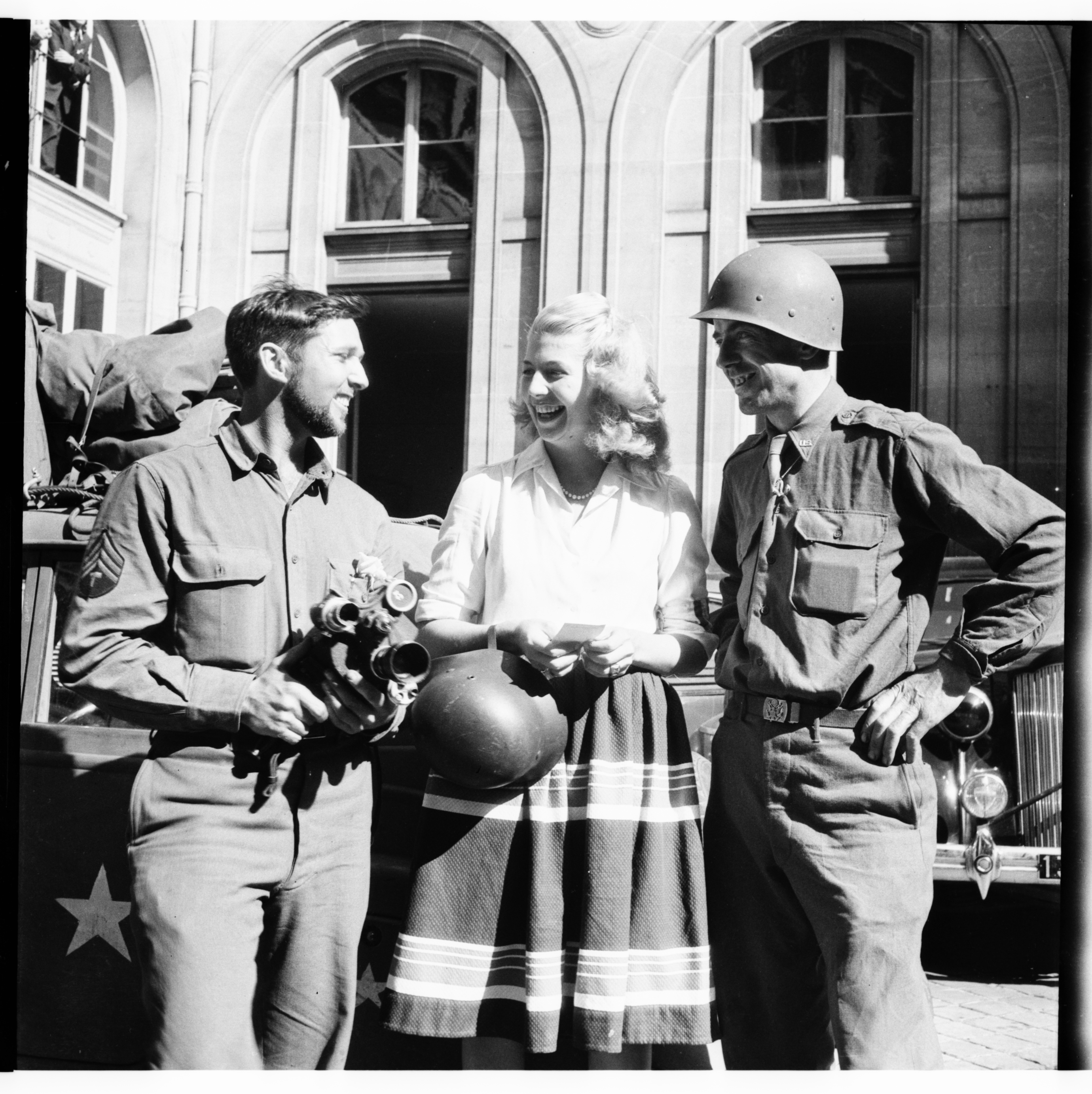
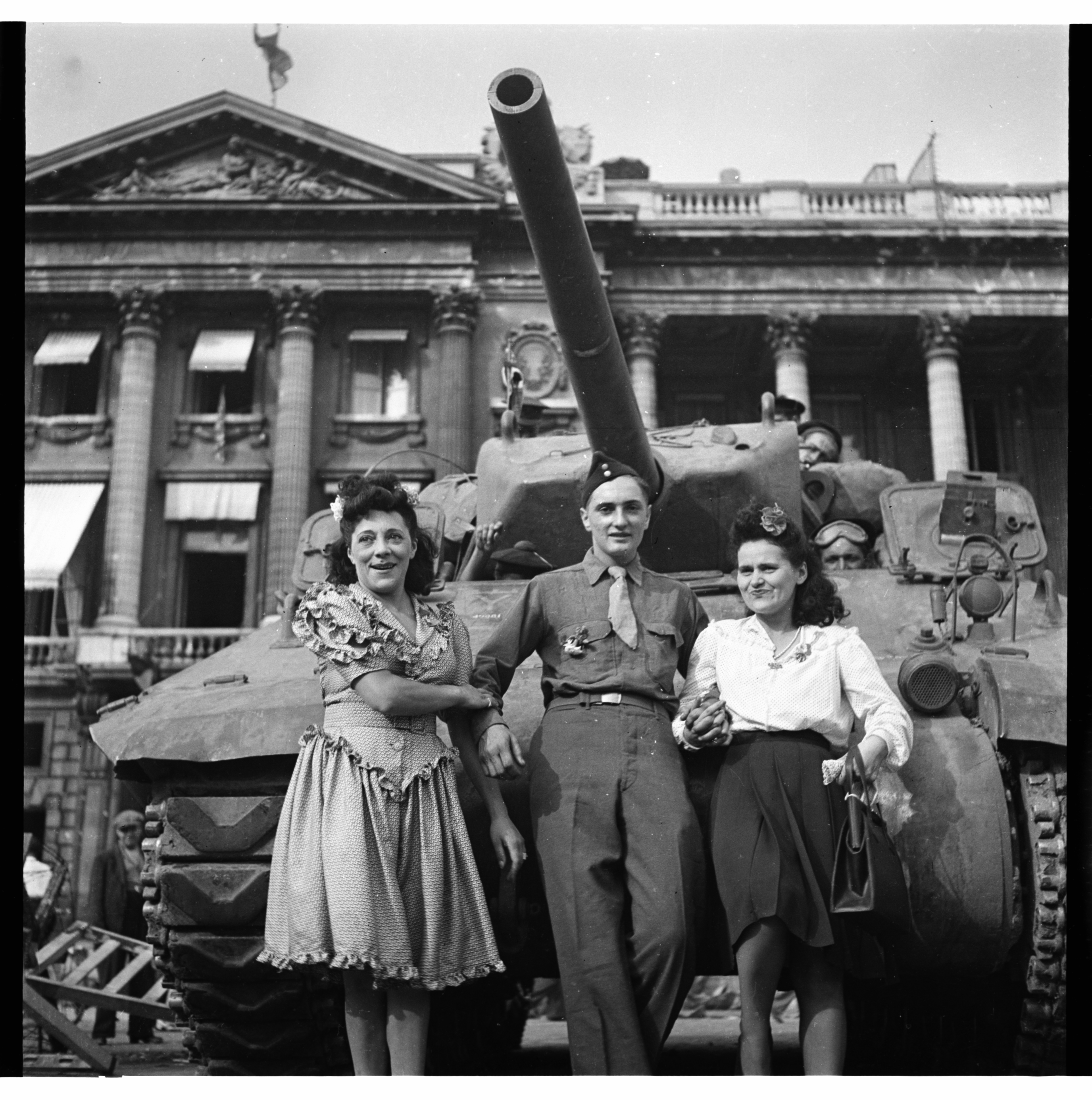
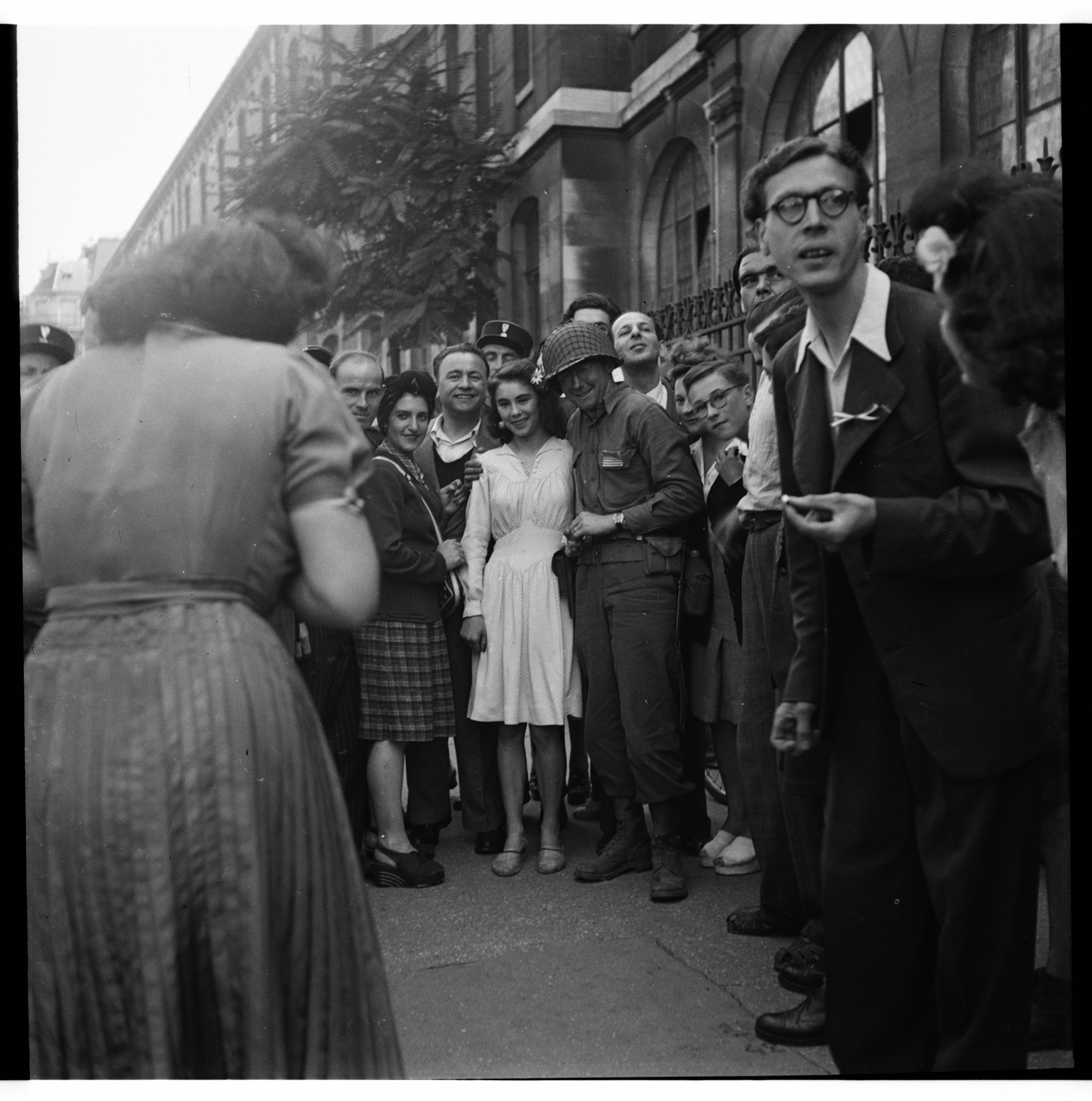
Young women pose with soldiers on the streets of Paris, August 1944. (Photos by Pierre Roughol, rights reserved.)
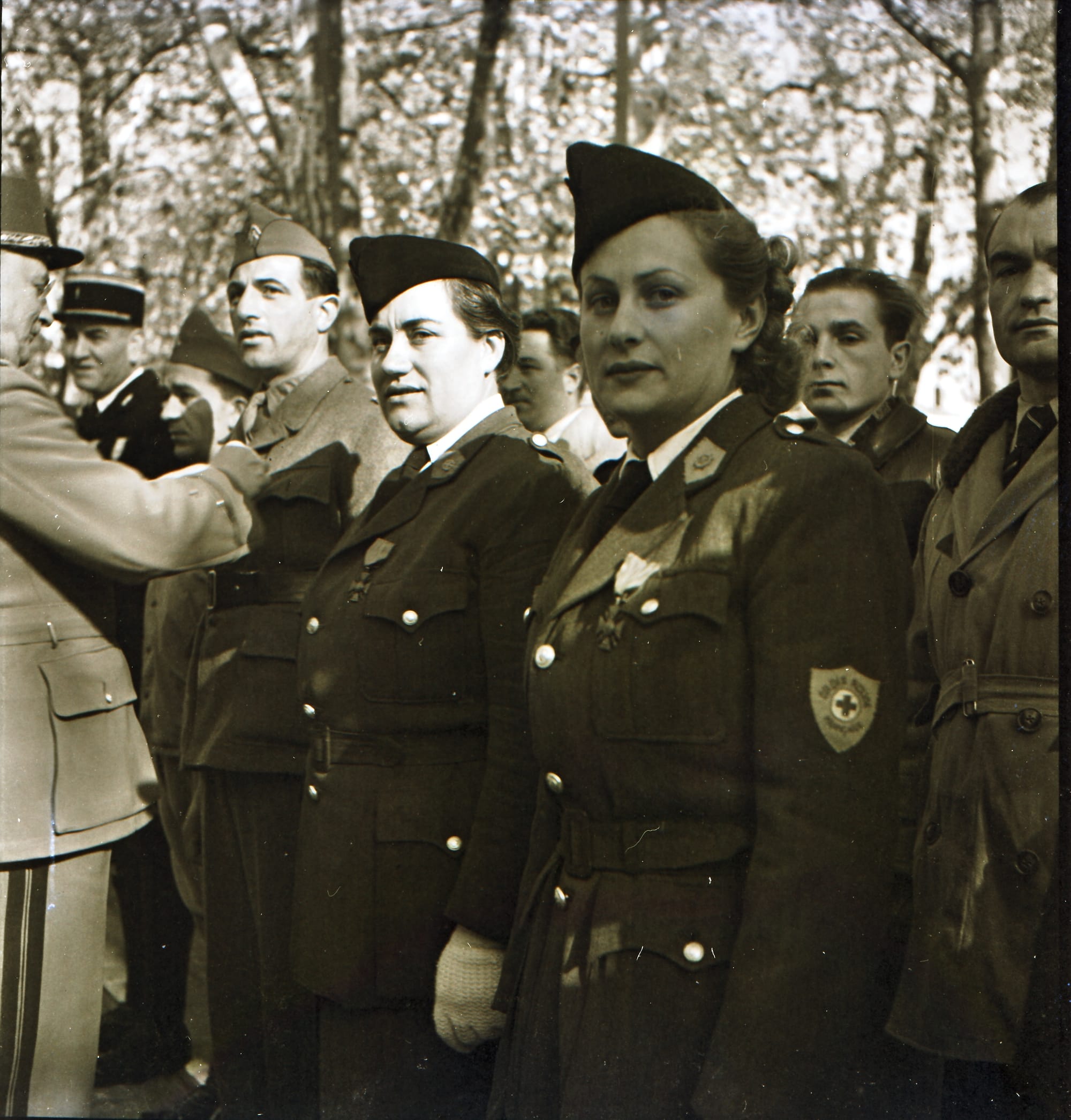
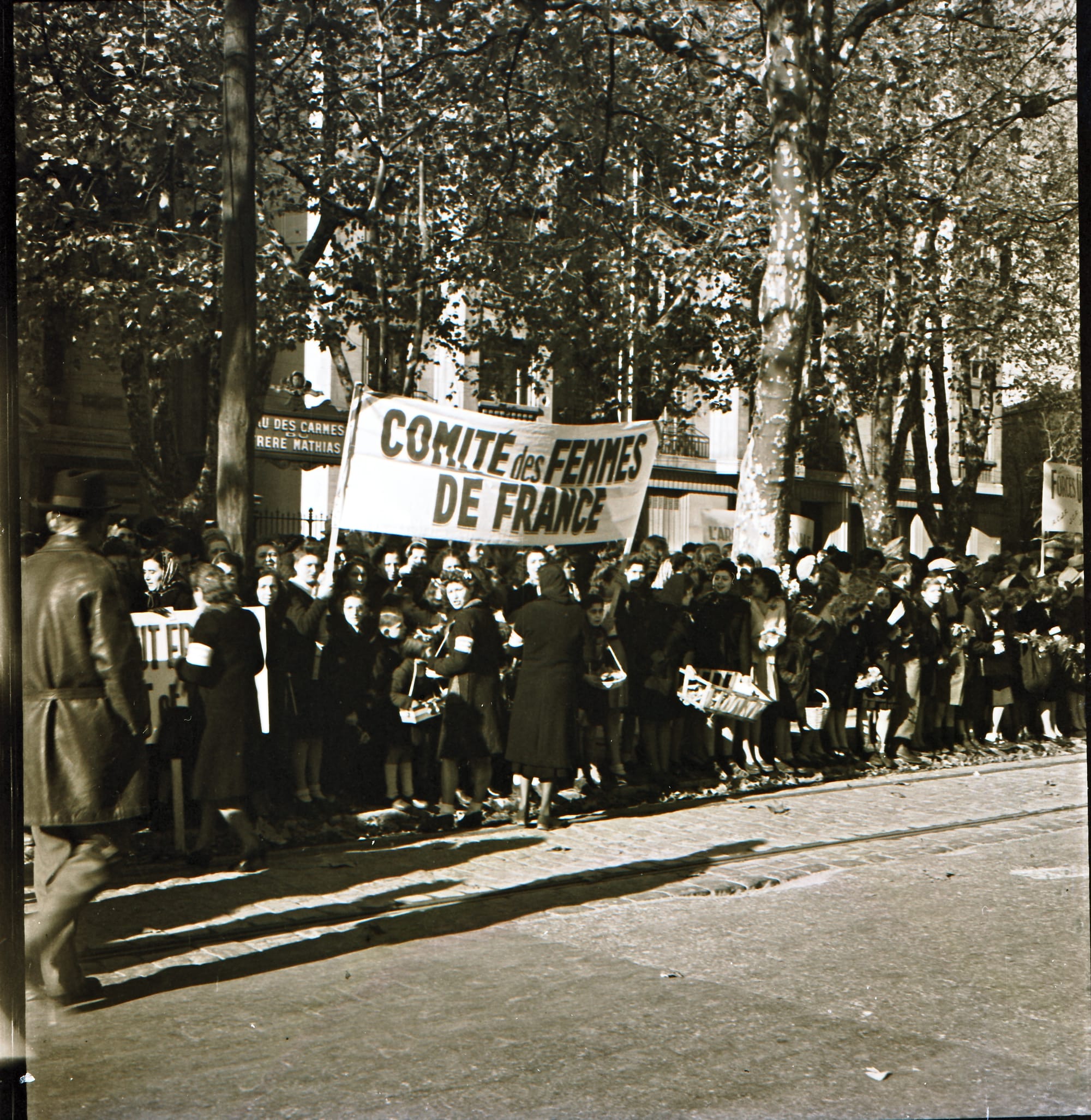
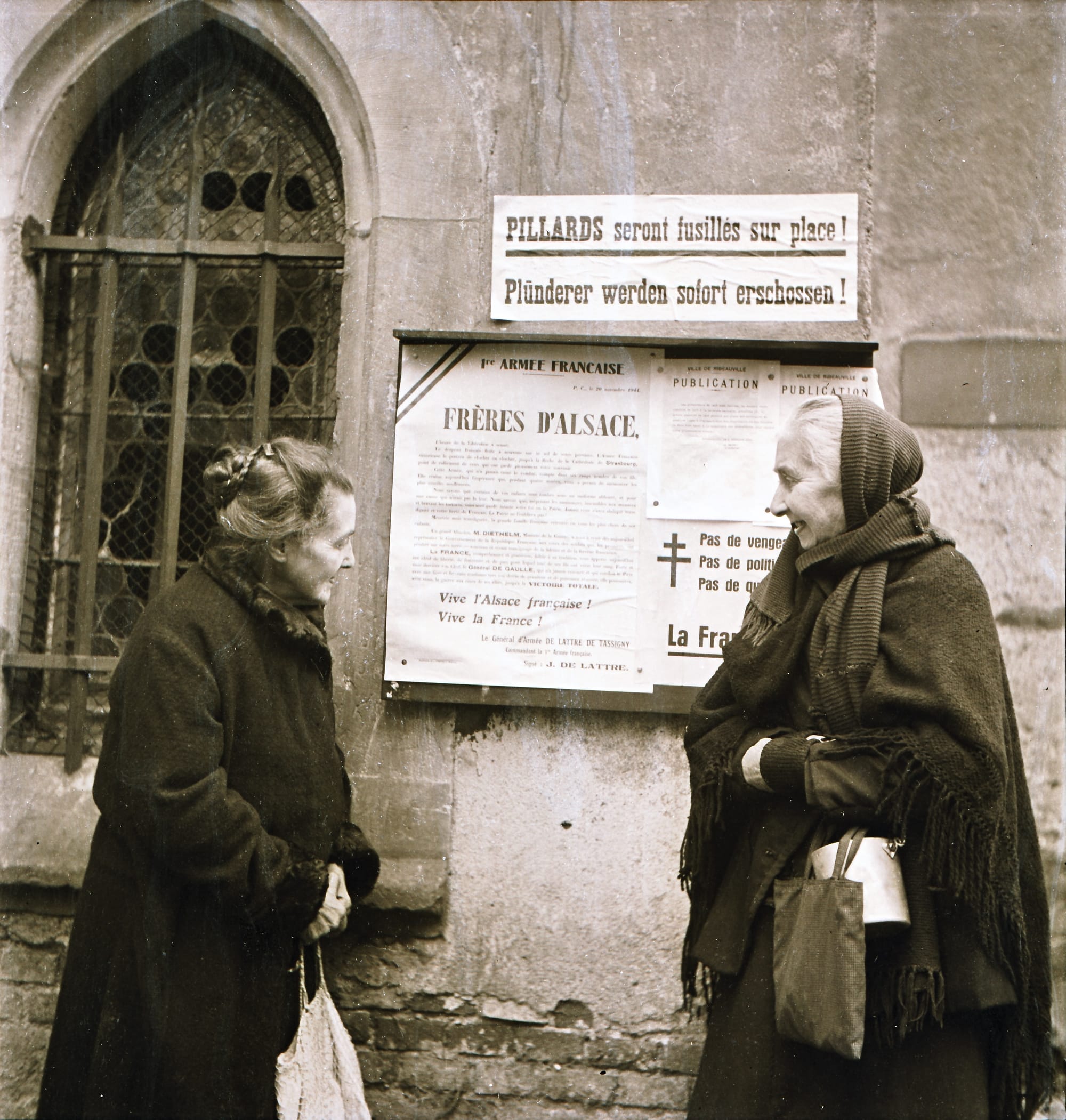
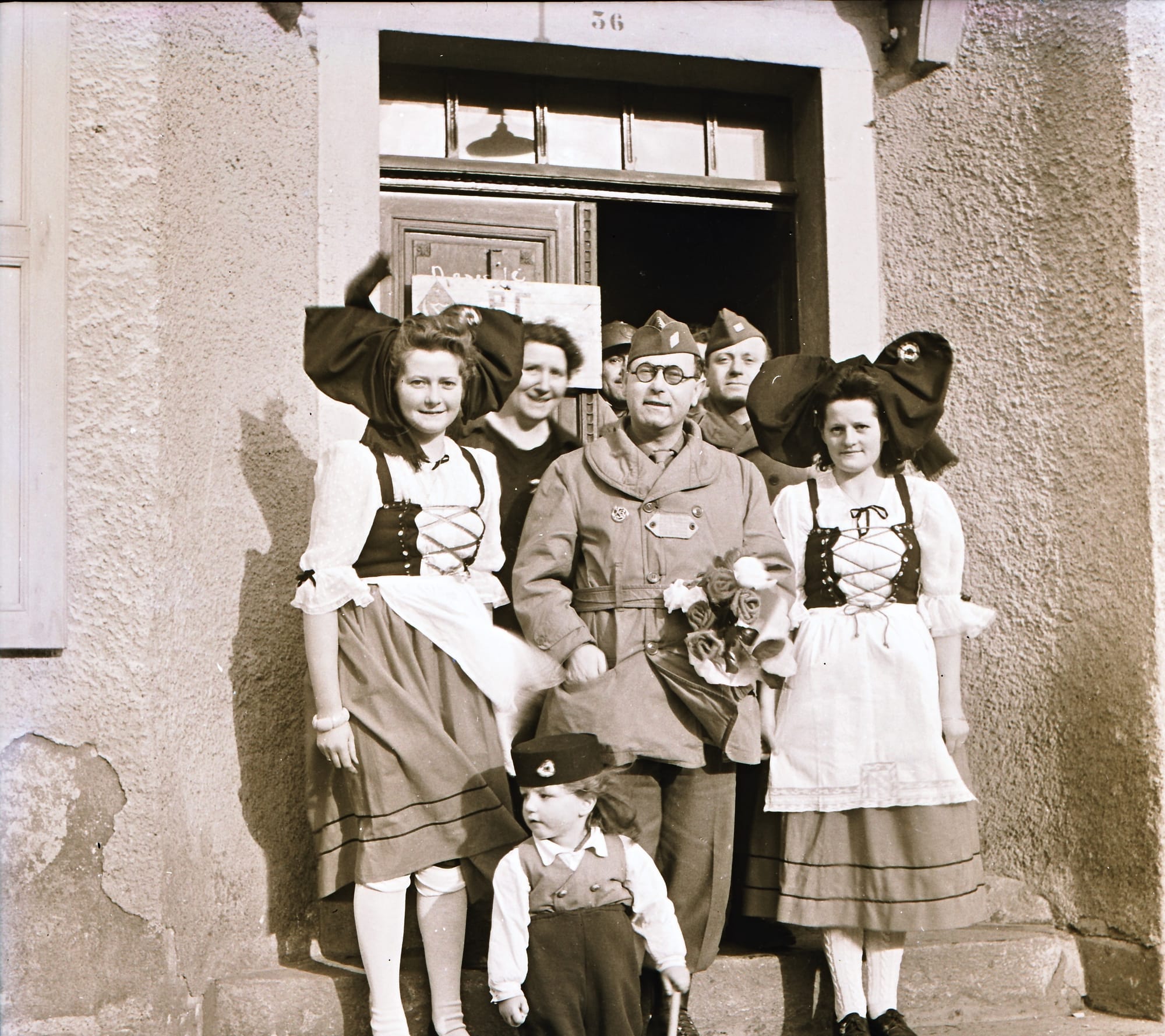
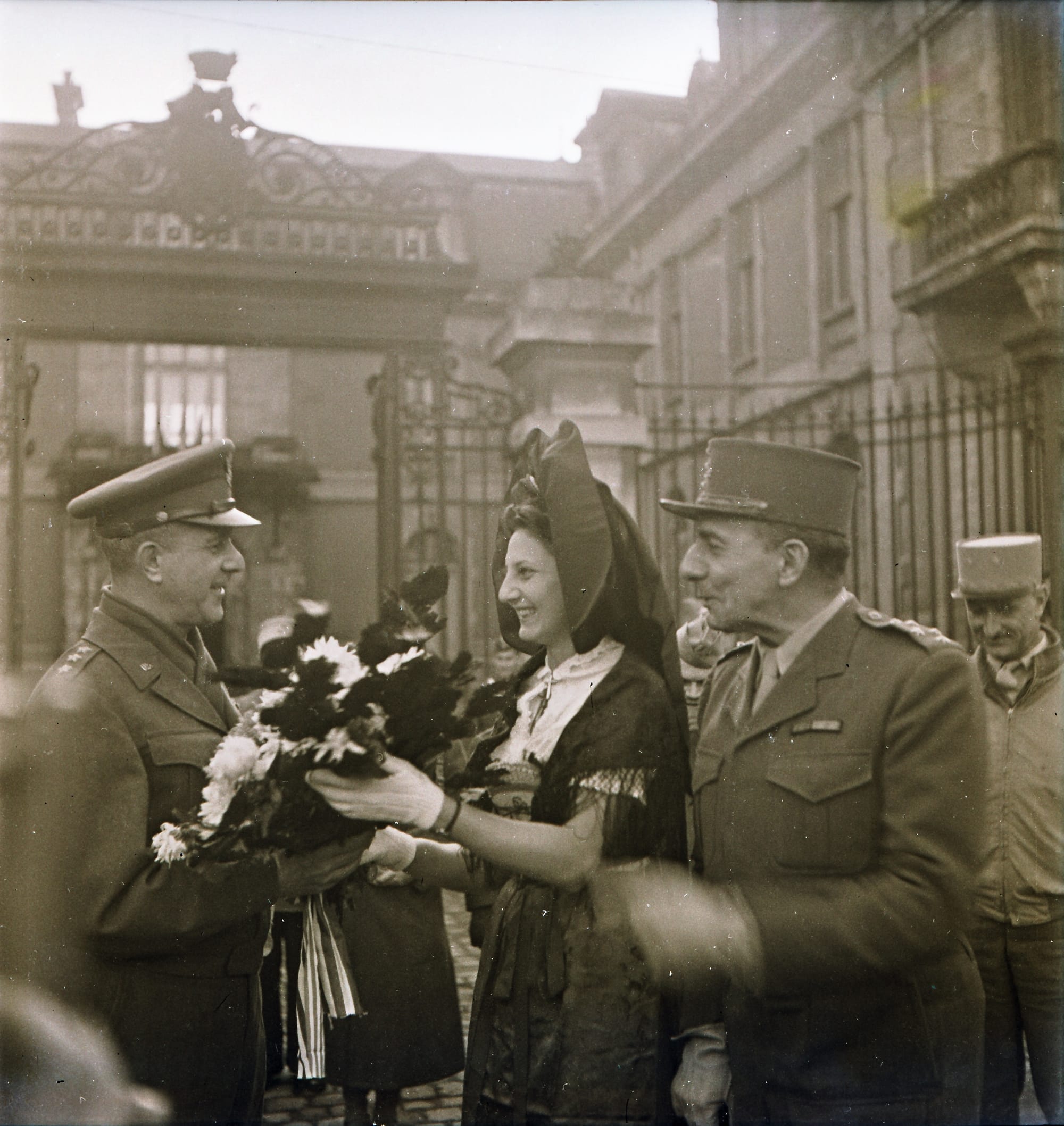
Young women in traditional Alsatian costume greet soldiers at Urbeis town hall. Another welcomes US General Jacob L. Devers in Belfort. November 1944. (Photos by Pierre Roughol, rights reserved.)
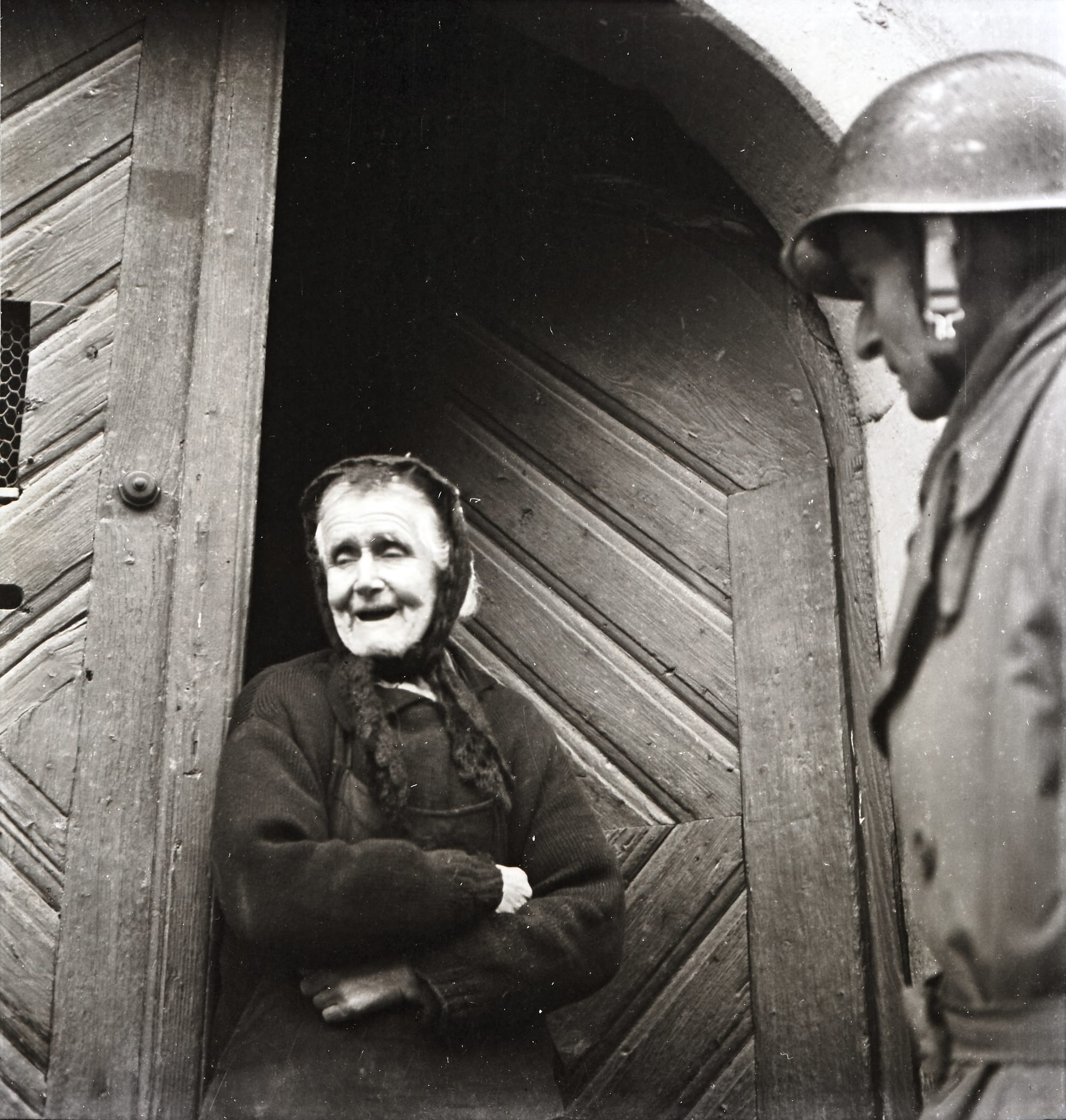
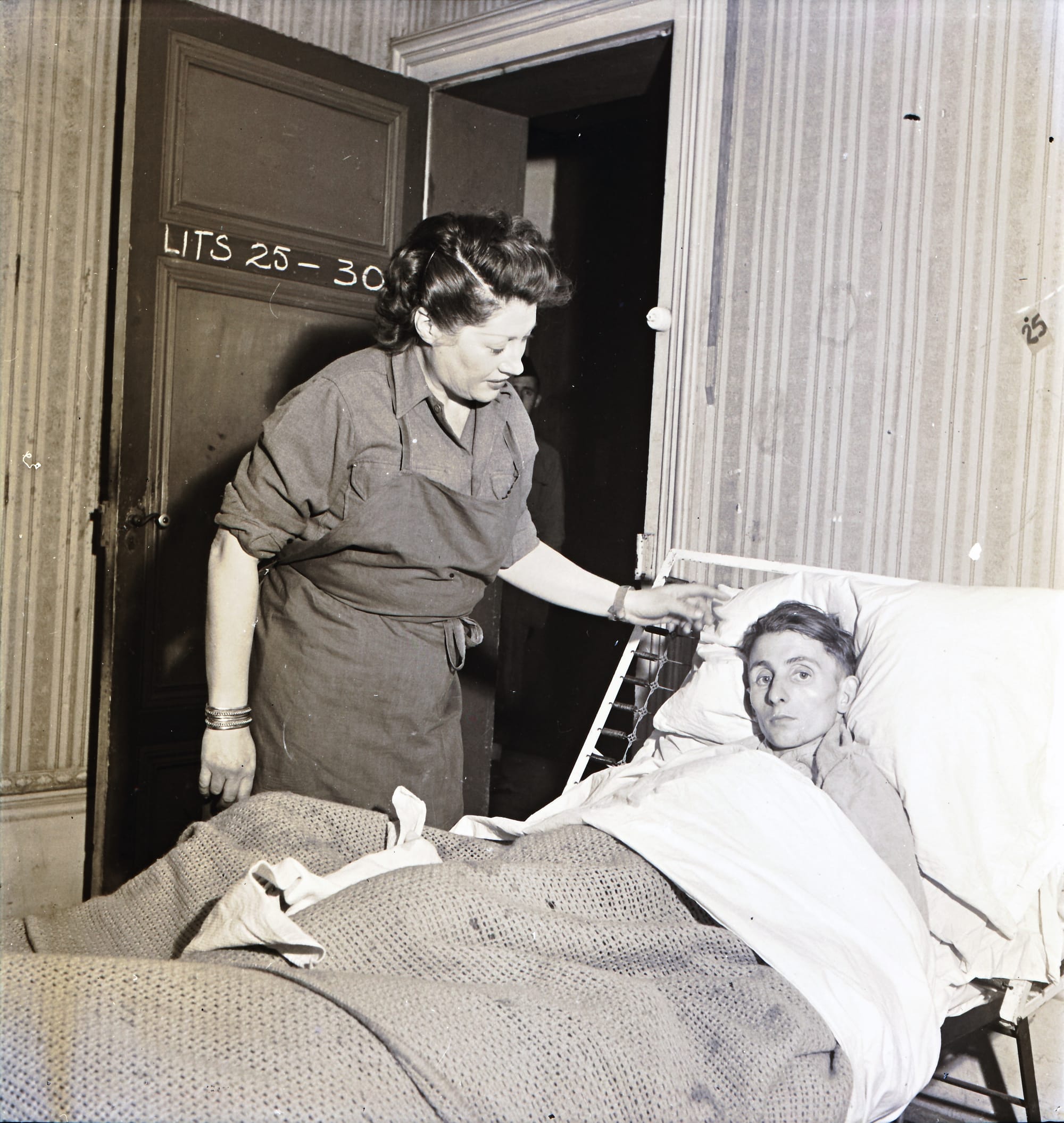
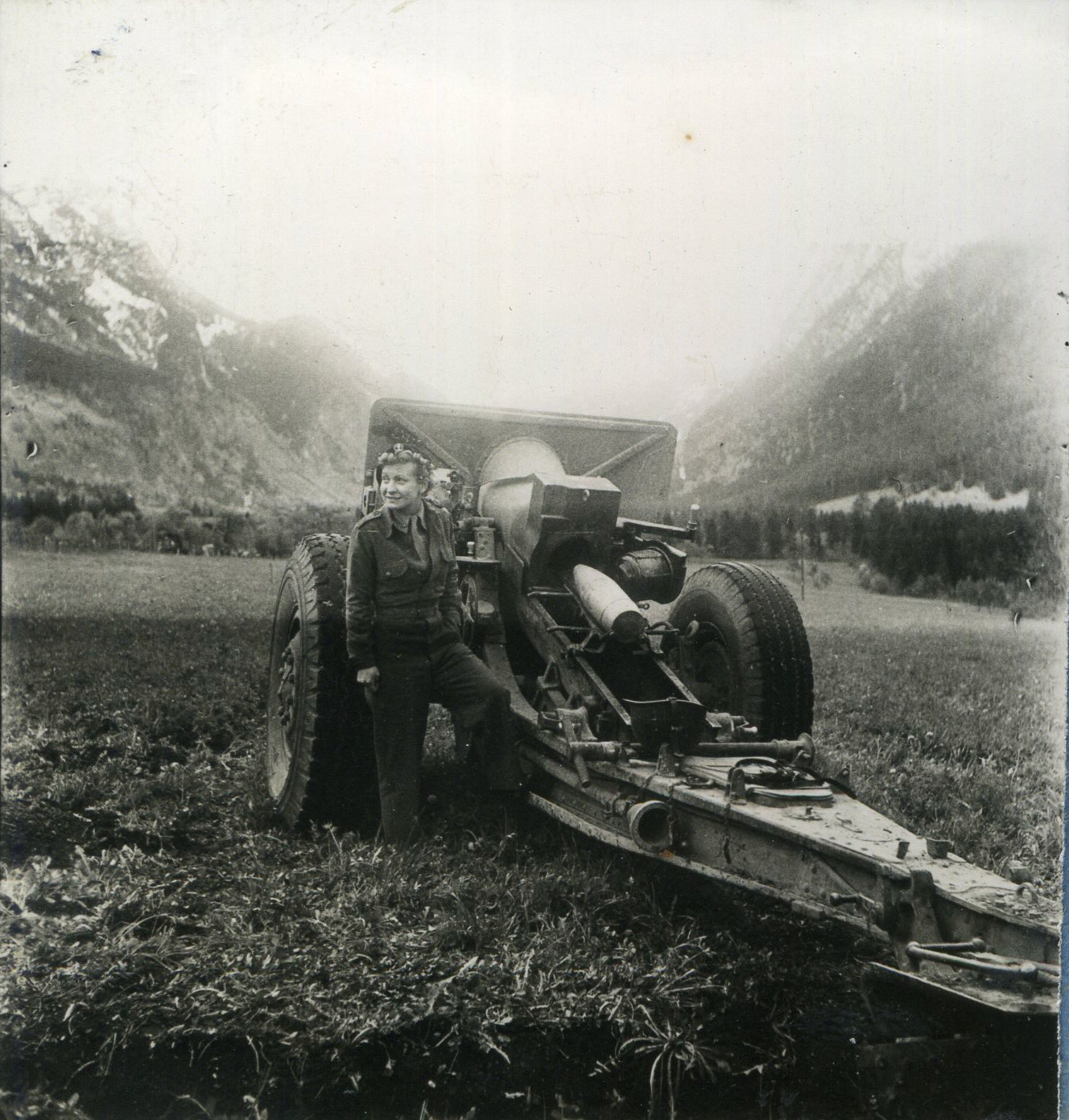
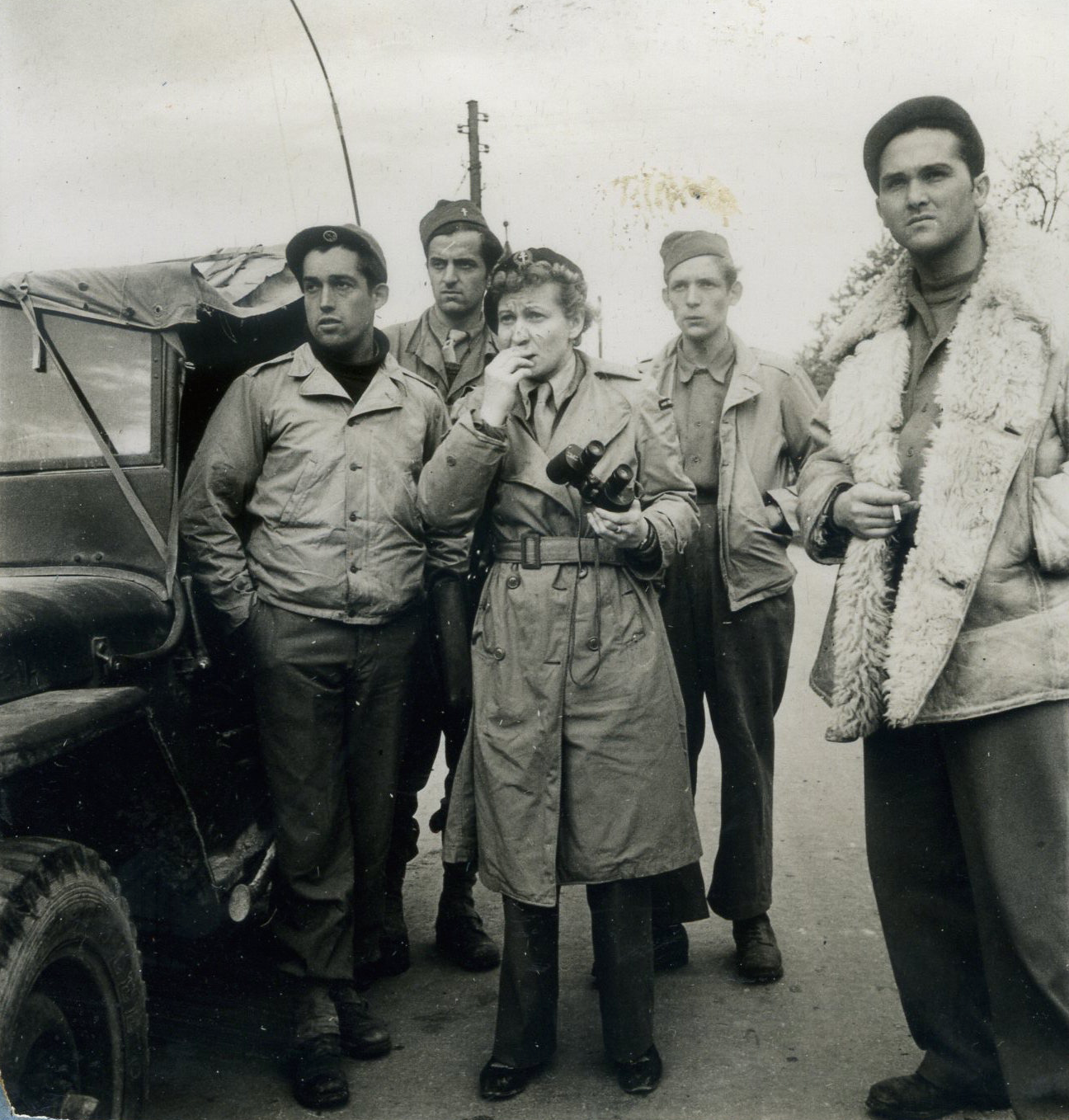
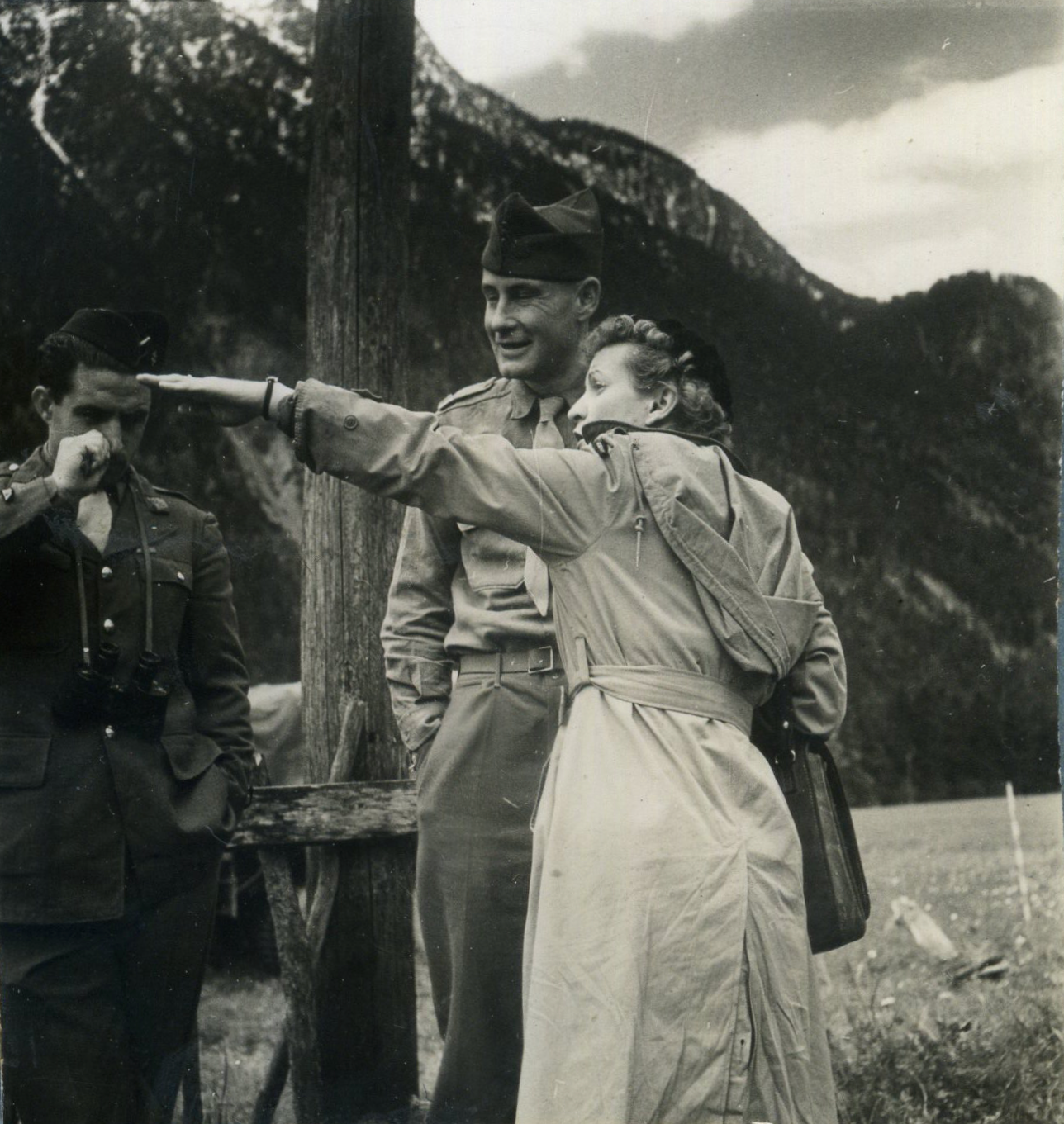
An unknown female combatant from the Free French forces in the Bavarian Alps. Early 1945. (Photos by Pierre Roughol, rights reserved.)
Help me identify this woman
One face appears on multiple photos Pierre took during the battle of Paris in August 1944. She is a beautiful young woman seemingly working as a reporter and treated as a celebrity by the civilians and soldiers around her. Who is she?
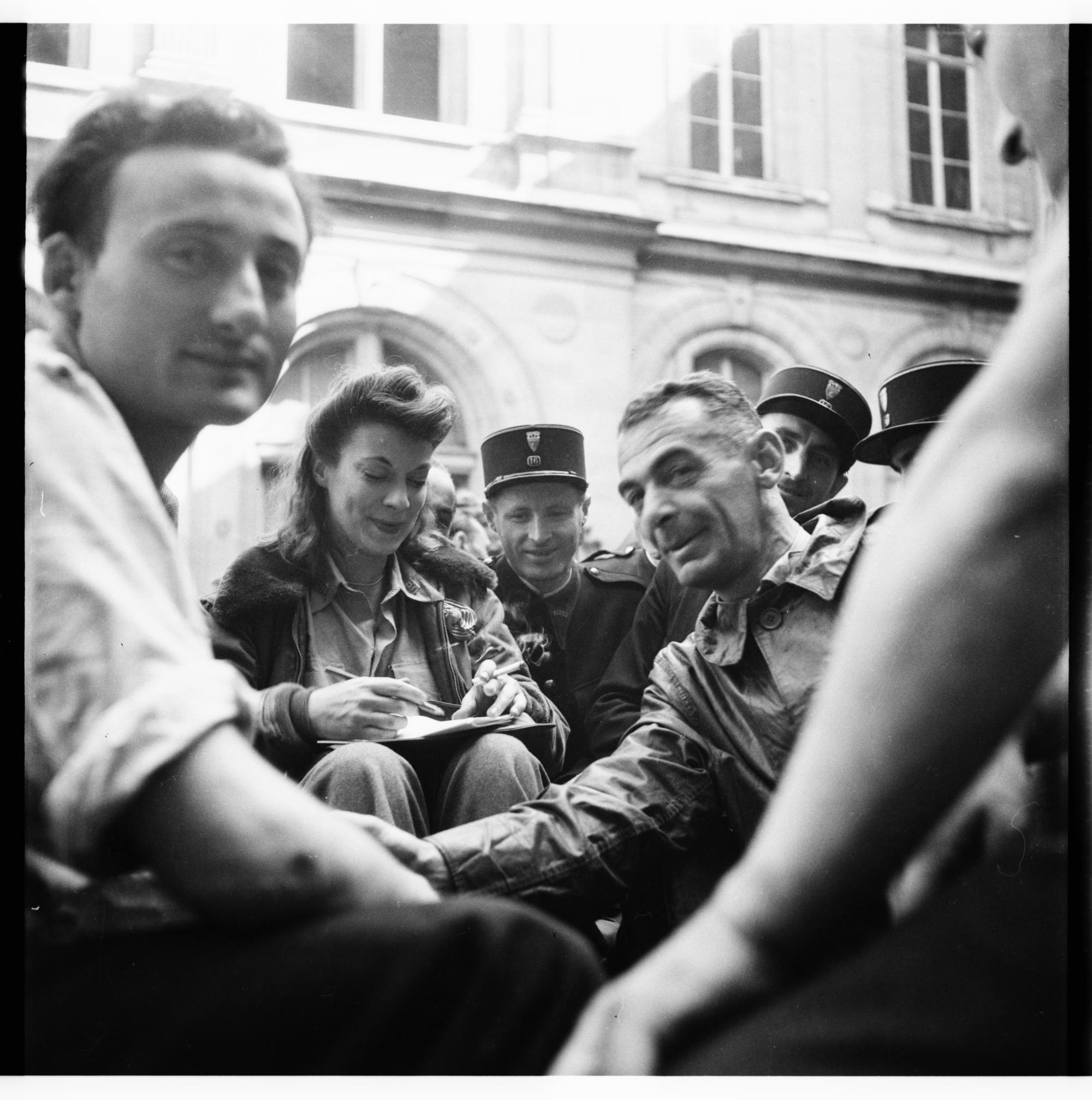
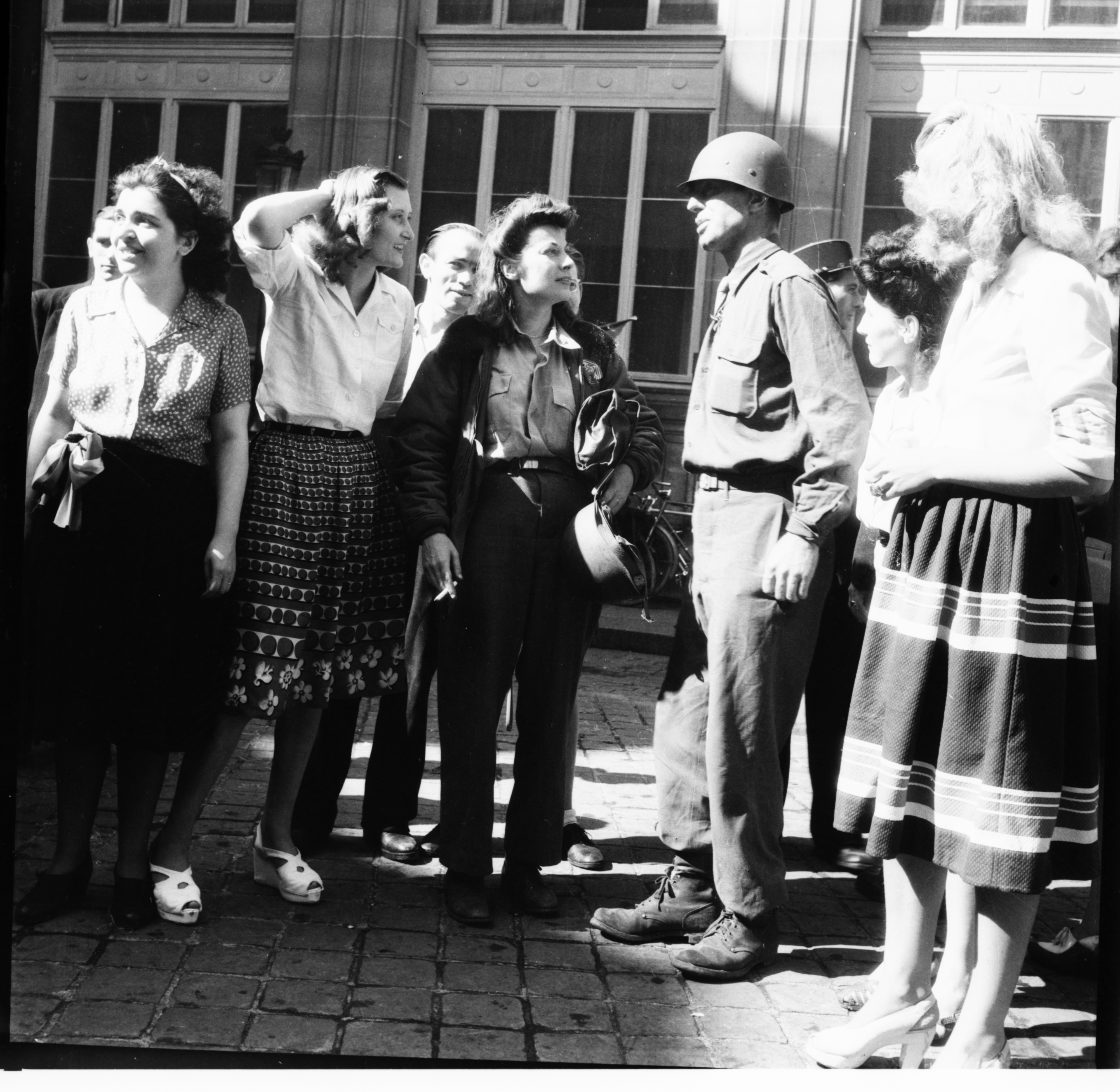
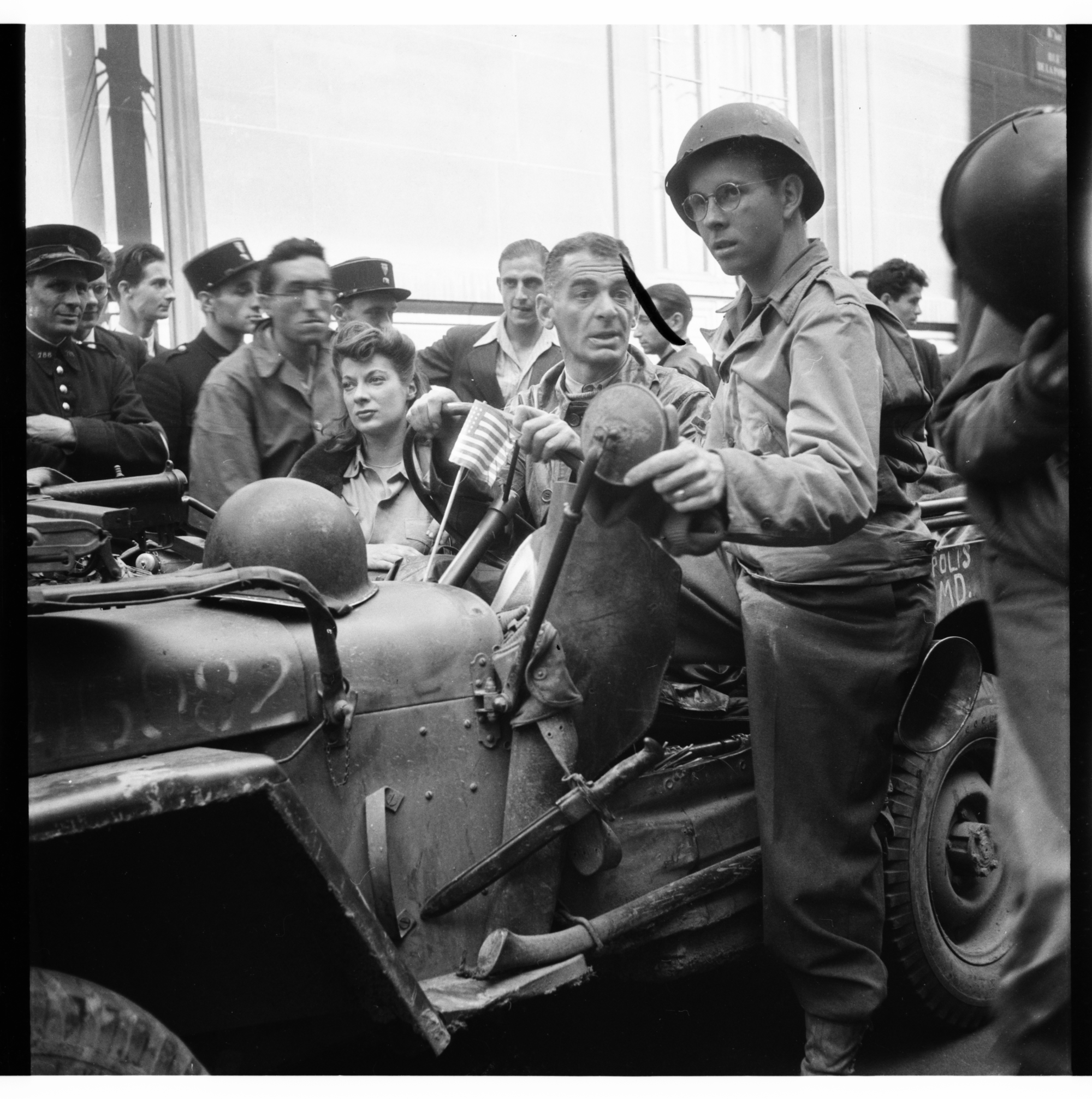
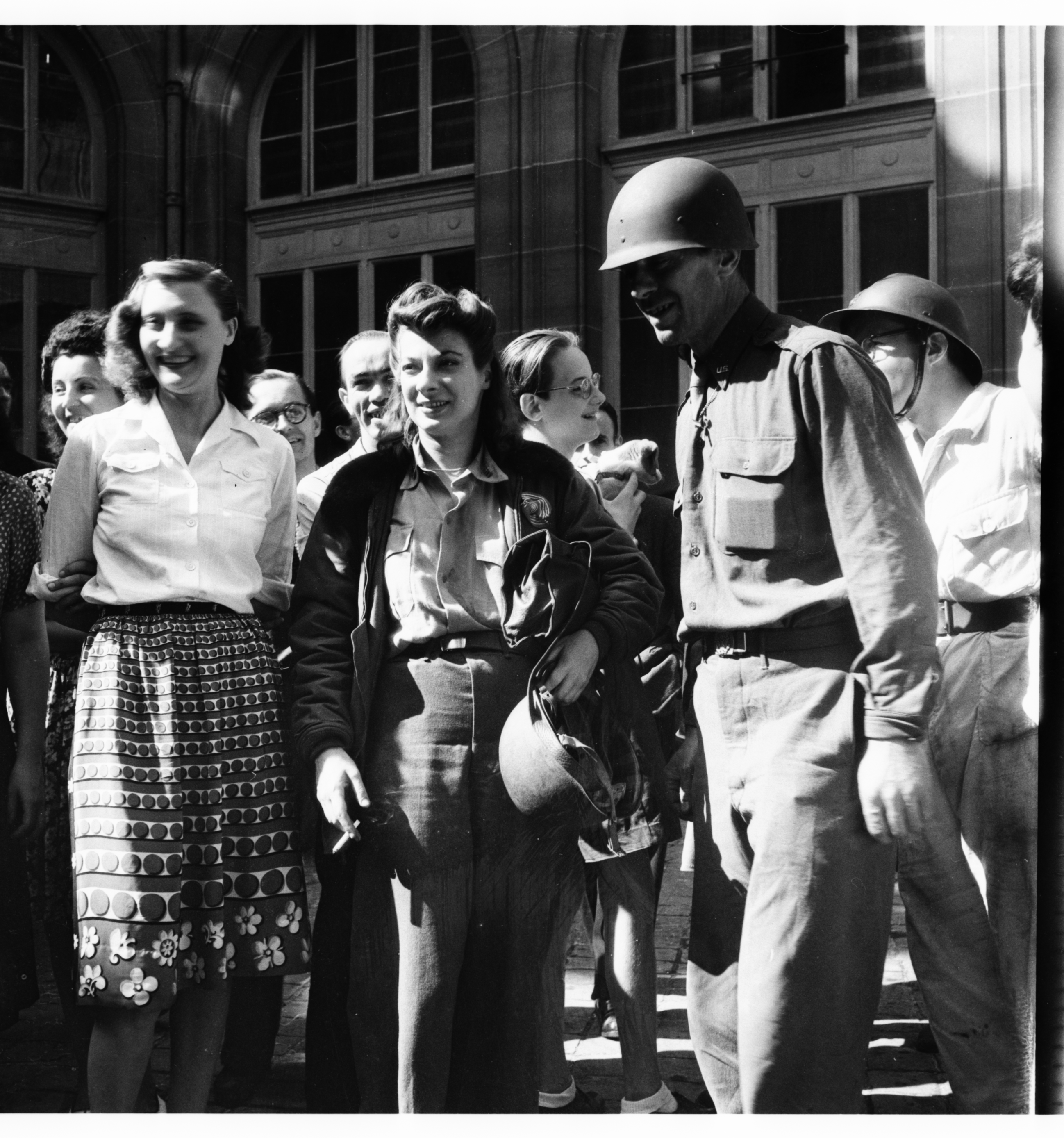
There weren't that many female journalists in US uniform covering World War II, yet I haven't been able to identify her. (Many French troops and embedded journalists wore US kit, so she wasn't necessarily American.) Several people have suggested the famed photographer Lee Miller, who was indeed a celebrity as a former Vogue model and was in Paris at the time. There is a resemblance on some pictures and not all on others. The woman is taking notes but doesn't appear to be carrying a camera. I'm not convinced, mainly because I have two more pictures I'm far more convinced are indeed of Lee Miller.
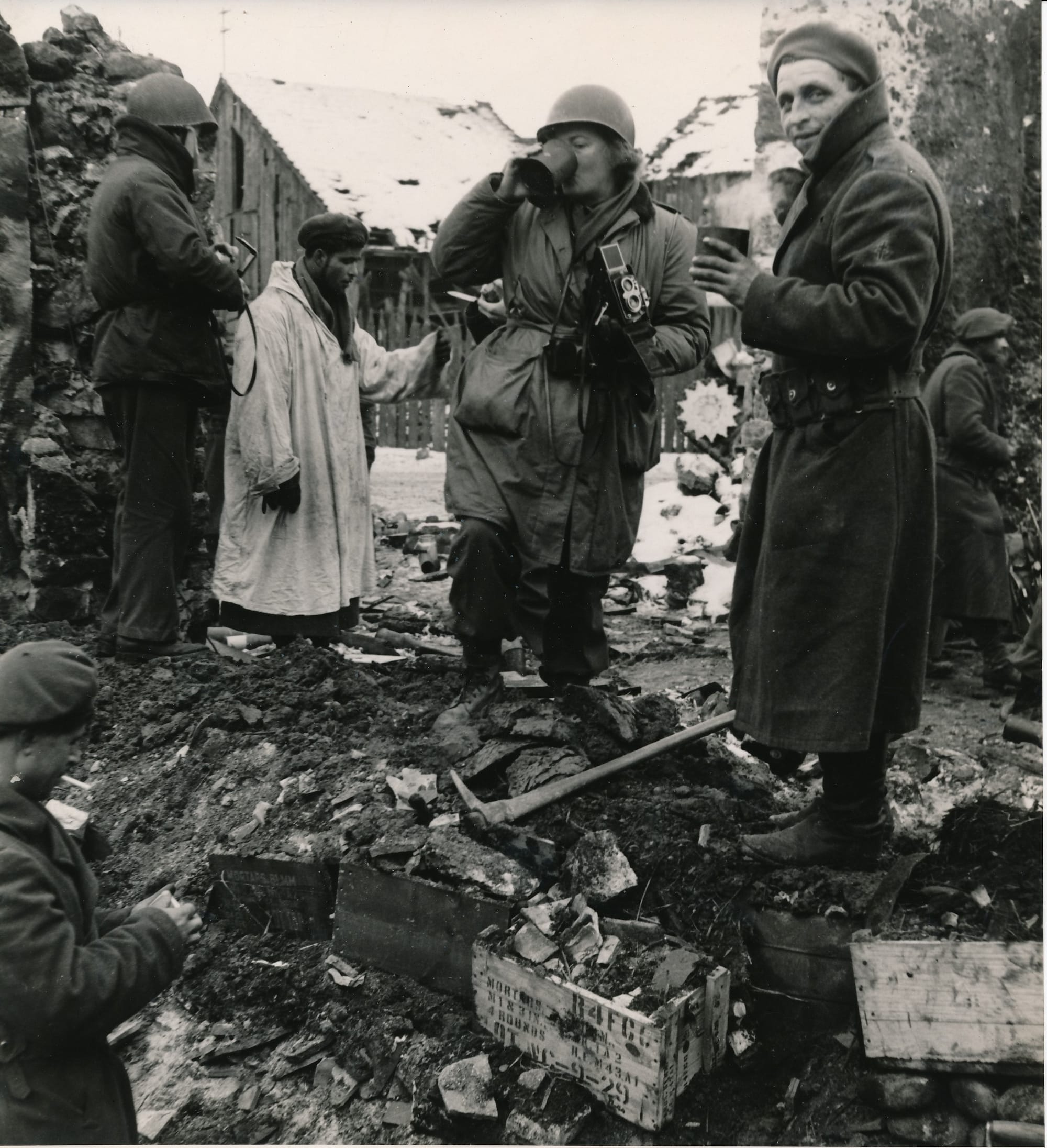
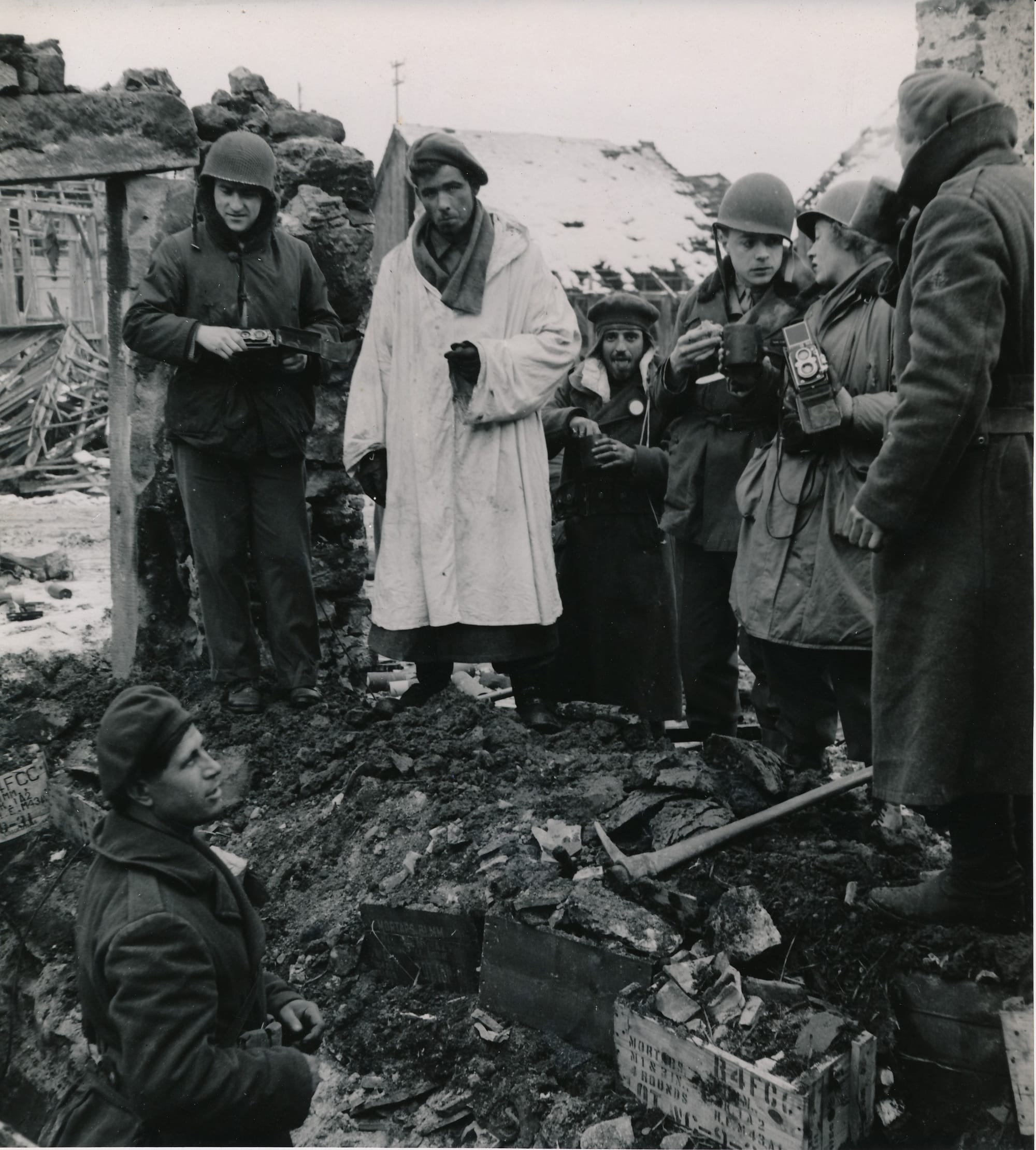
(Source: Photo Marcel-Arthaud in Pierre Roughol archives, rights reserved.)
These prints, apparently given to Pierre by photographer Marcel Arthaud, show him in the field, probably in Alsace in the winter of 1944-45. Pierre is standing on the left, camera in hand, next to the man in the white djellaba. The female photographer, judging by her blonde curls and profile, is probably Lee Miller. The man talking to her in the second picture looks a lot like the friend and photographer she always traveled with, David Sherman.
What do you think?
Learn more
- The 1945 liberation of Stalag VII-A in Moosburg, Germany is movingly shown in episode 9 of the series Masters of the Air, on Apple TV+.
- To understand Lee Miller's (and others') traumatic experience photographing World War II, watch Lee, the recent biopic featuring Kate Winslet.
- If you're traveling around Alsace, some of Pierre Roughol's photographs are currently shown in a thoroughly researched outdoor exhibit in Riquewihr, retracing the village's liberation in November 1944. His pictures will also be shown in Illhaeusern from 26 January 2025 and at Centre Schweitzer in Kaysersberg from February 2025.
- Note on rights: Our family readily grants permission for the use of Pierre's photos for research and educational purposes, including republication. We only ask to be contacted first so we can keep track and ensure Pierre is credited and his legacy respected.
Hey, you read to the end!
Don’t miss future articles like this one; let me into your inbox.


